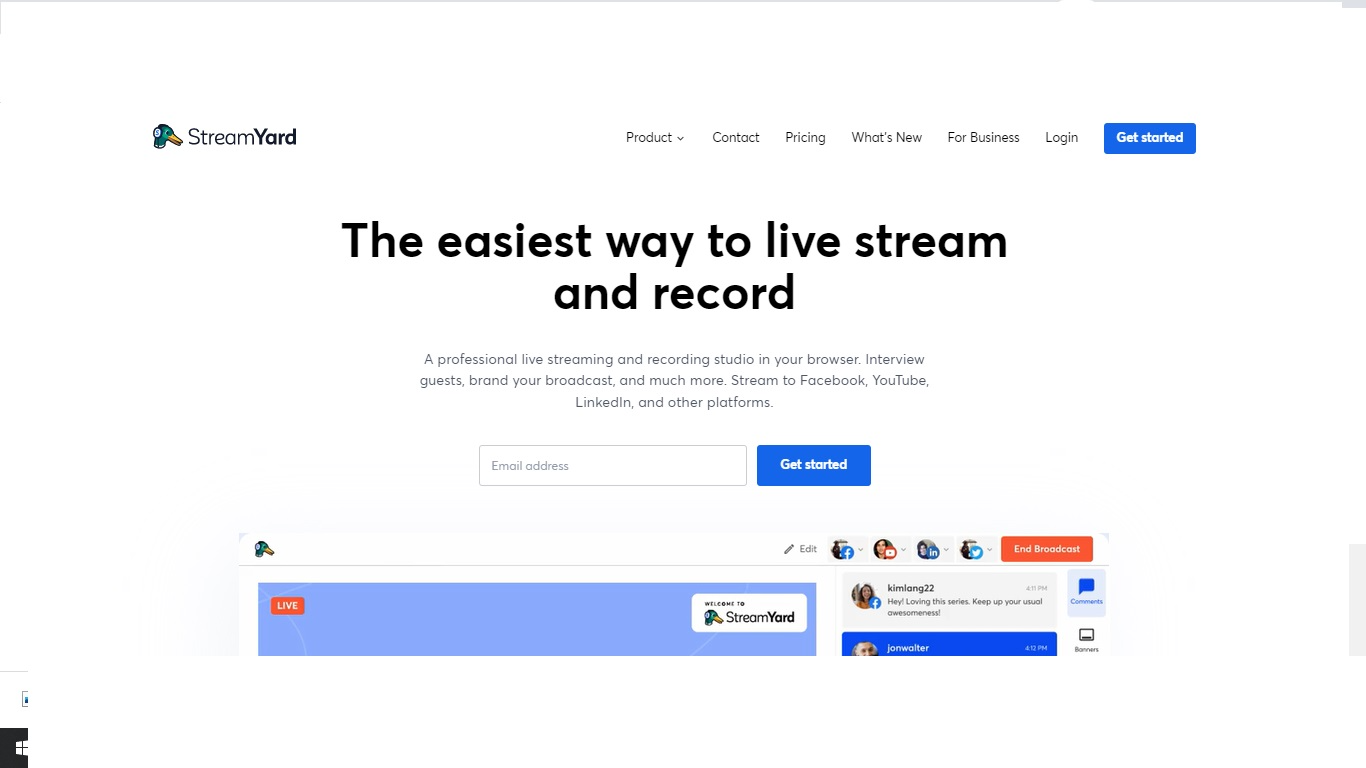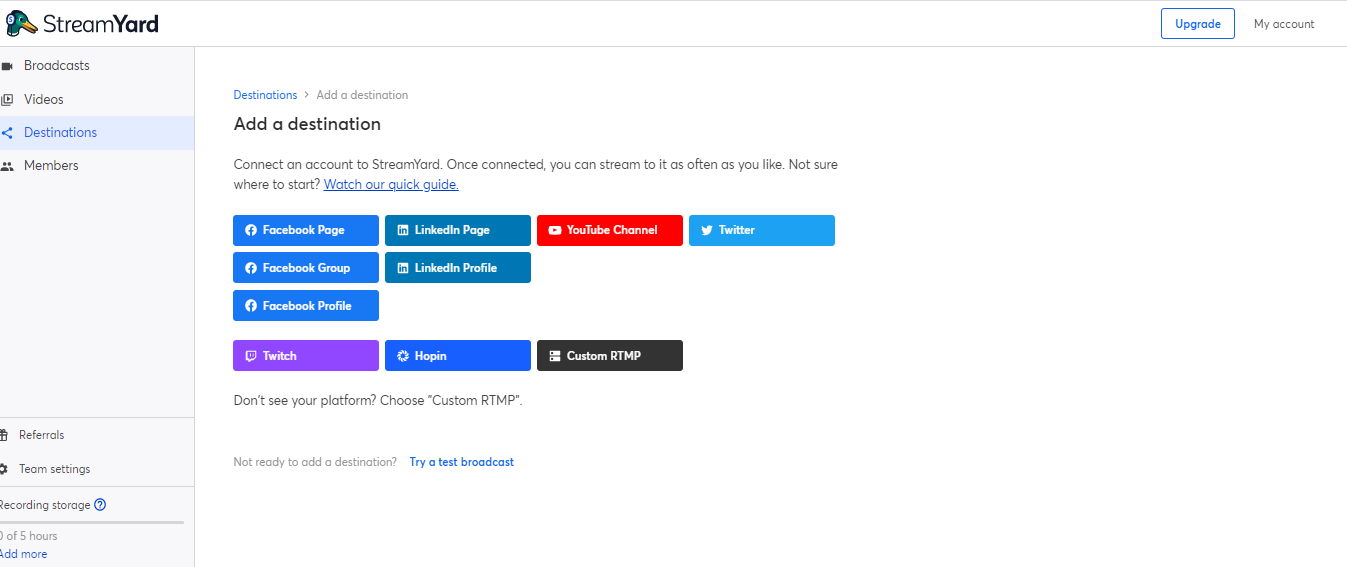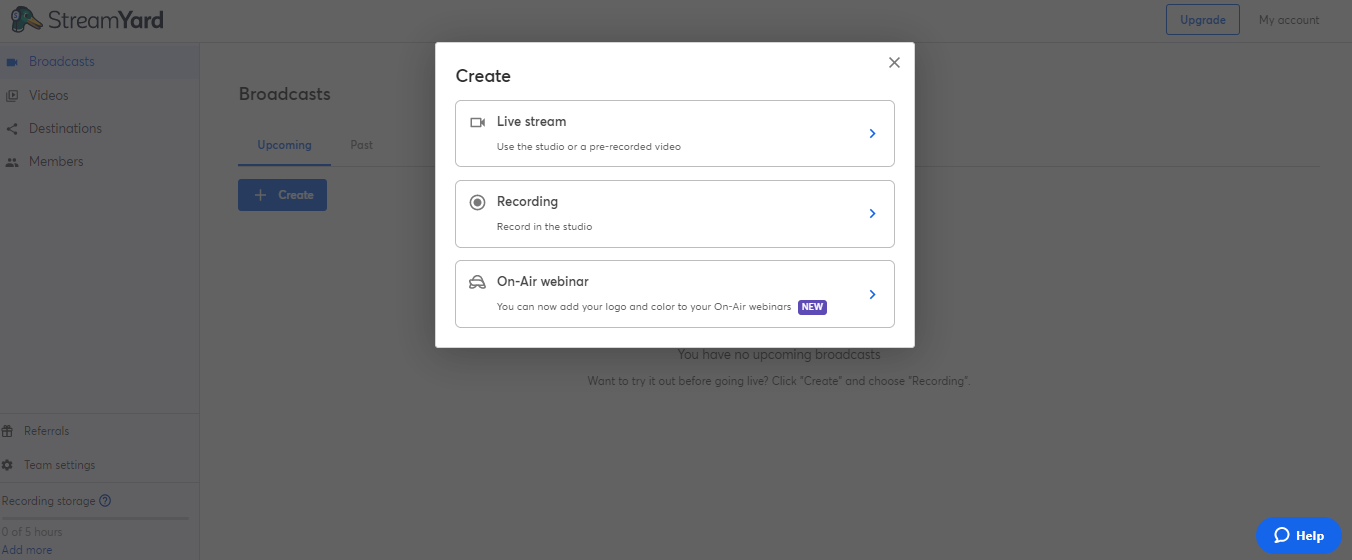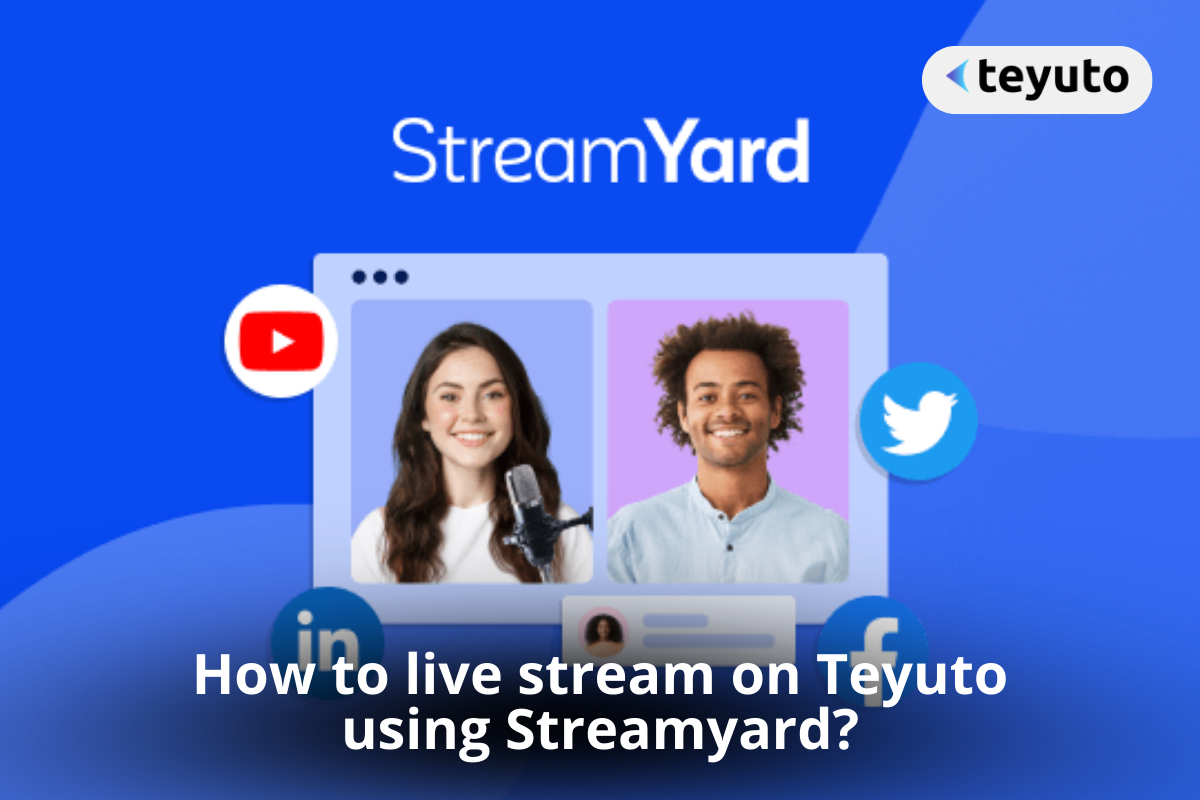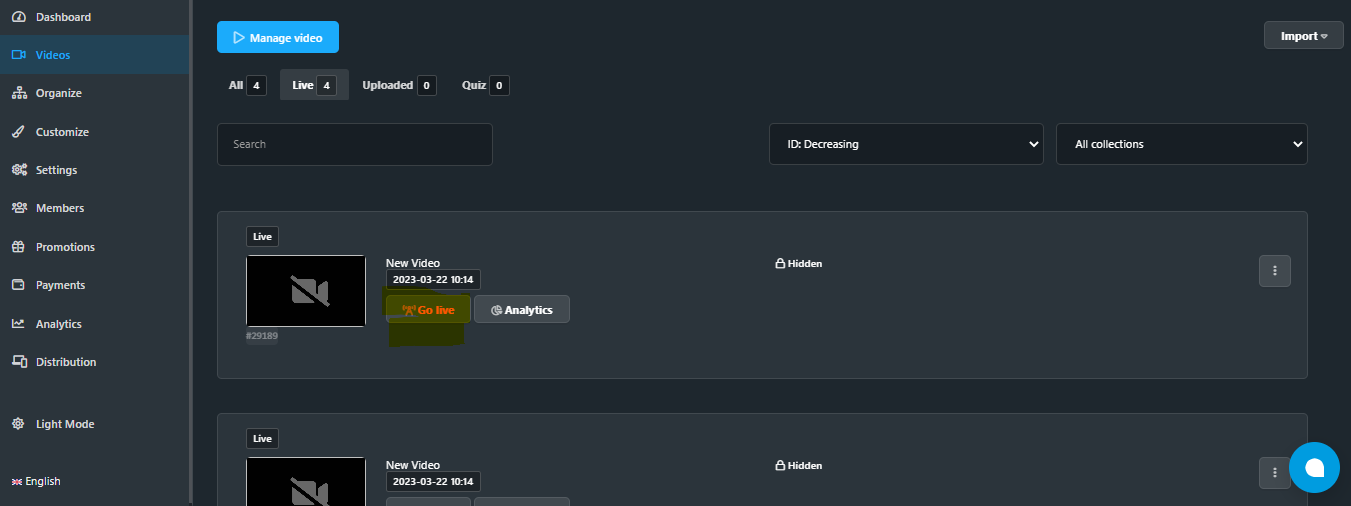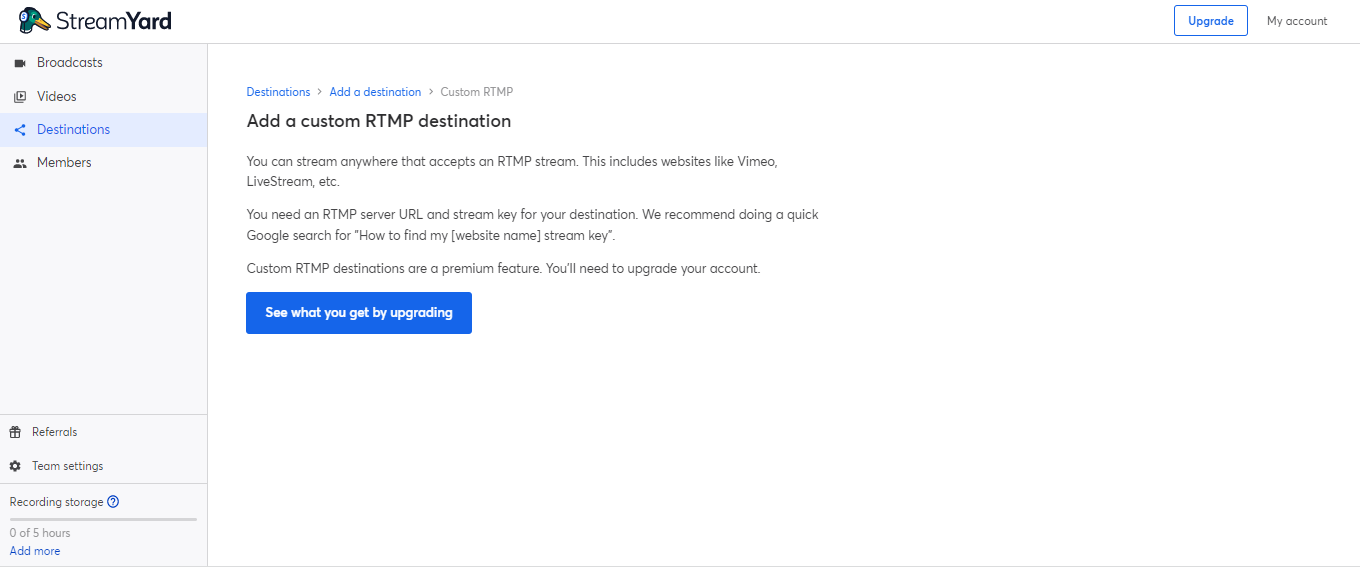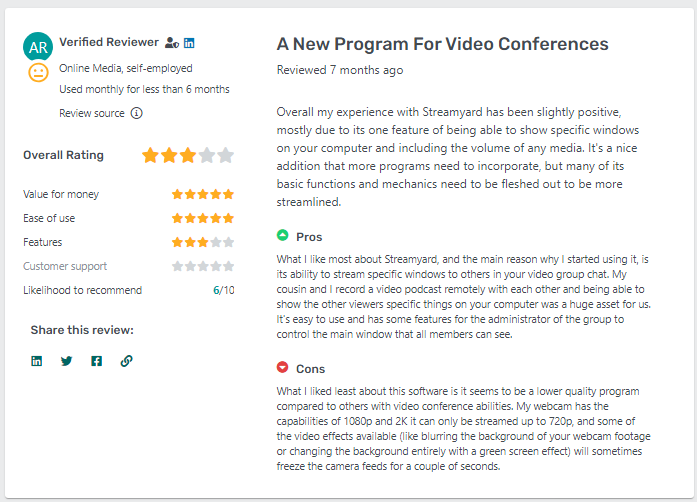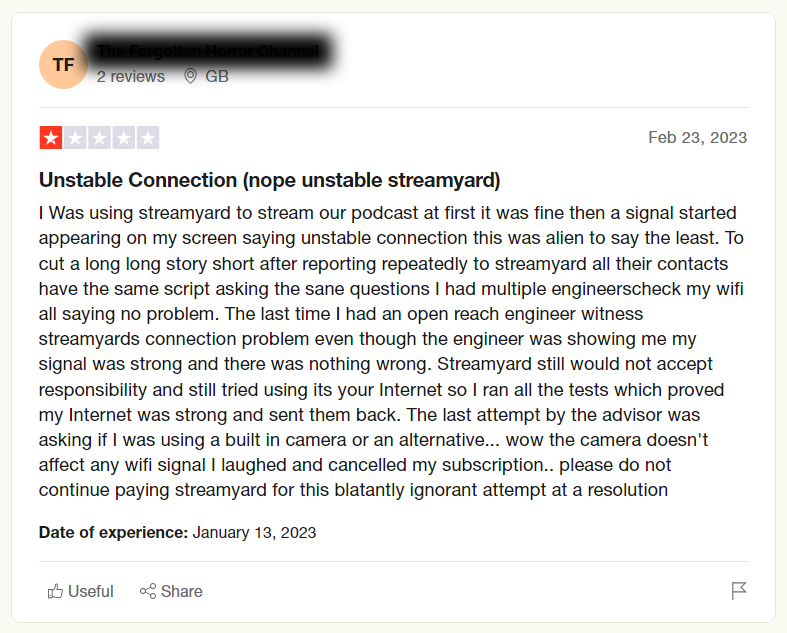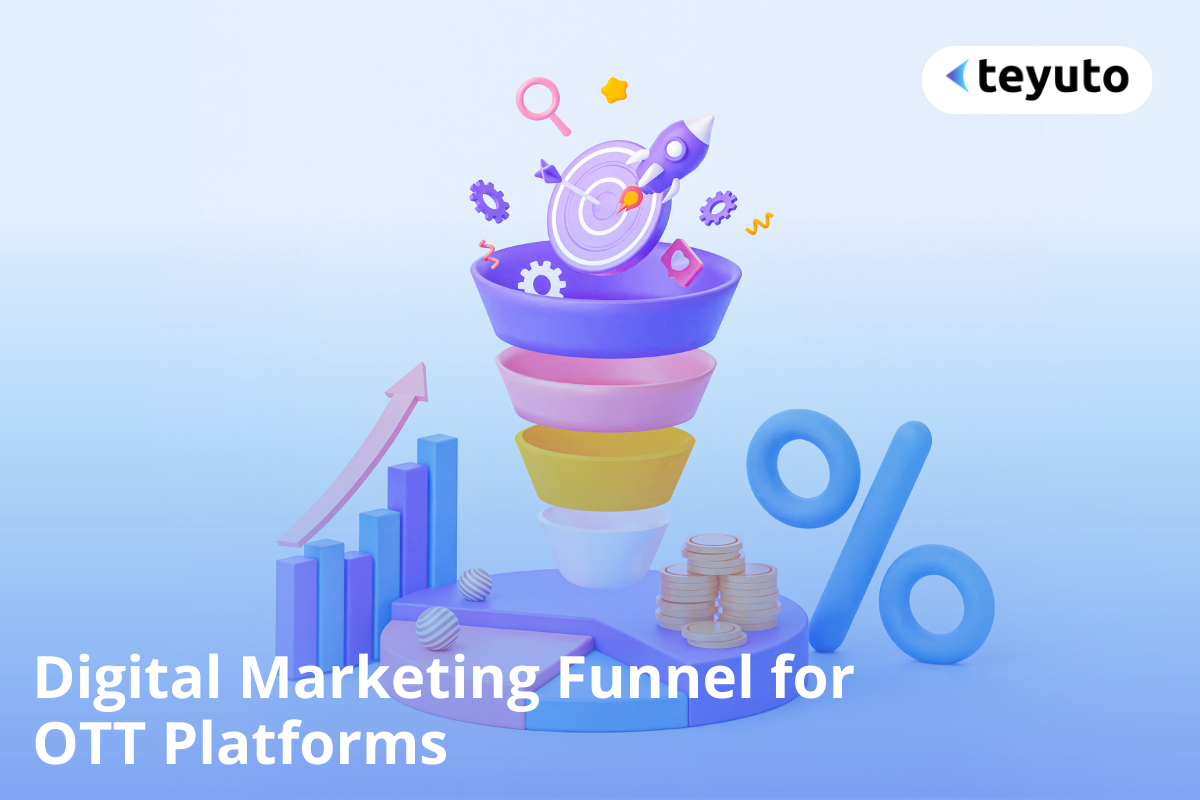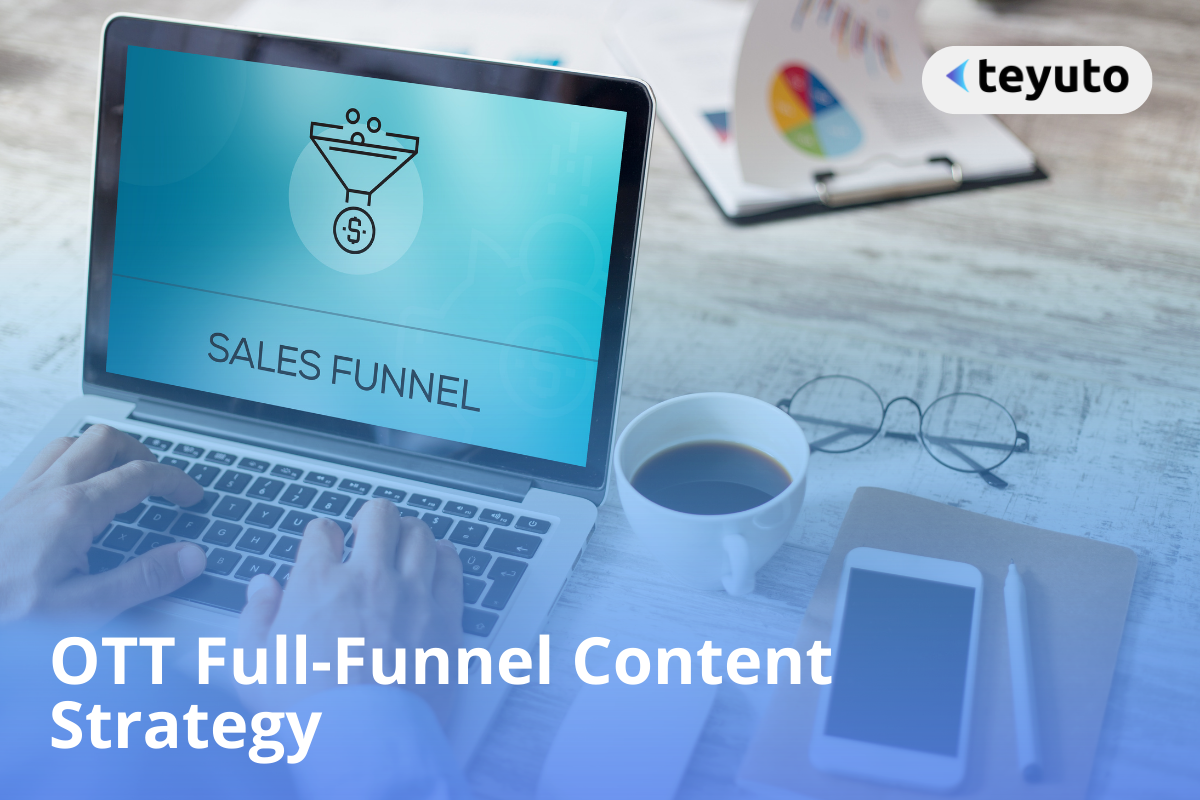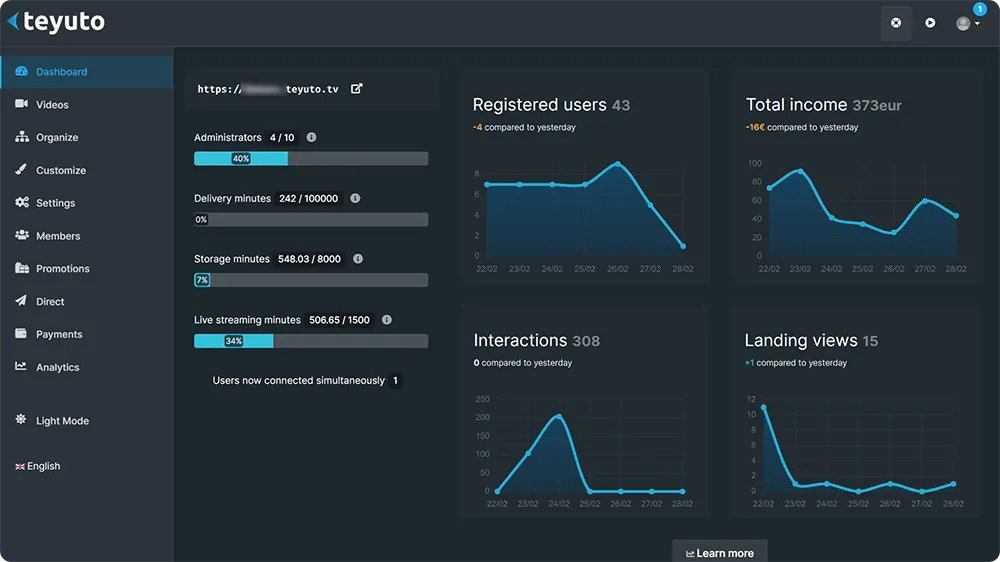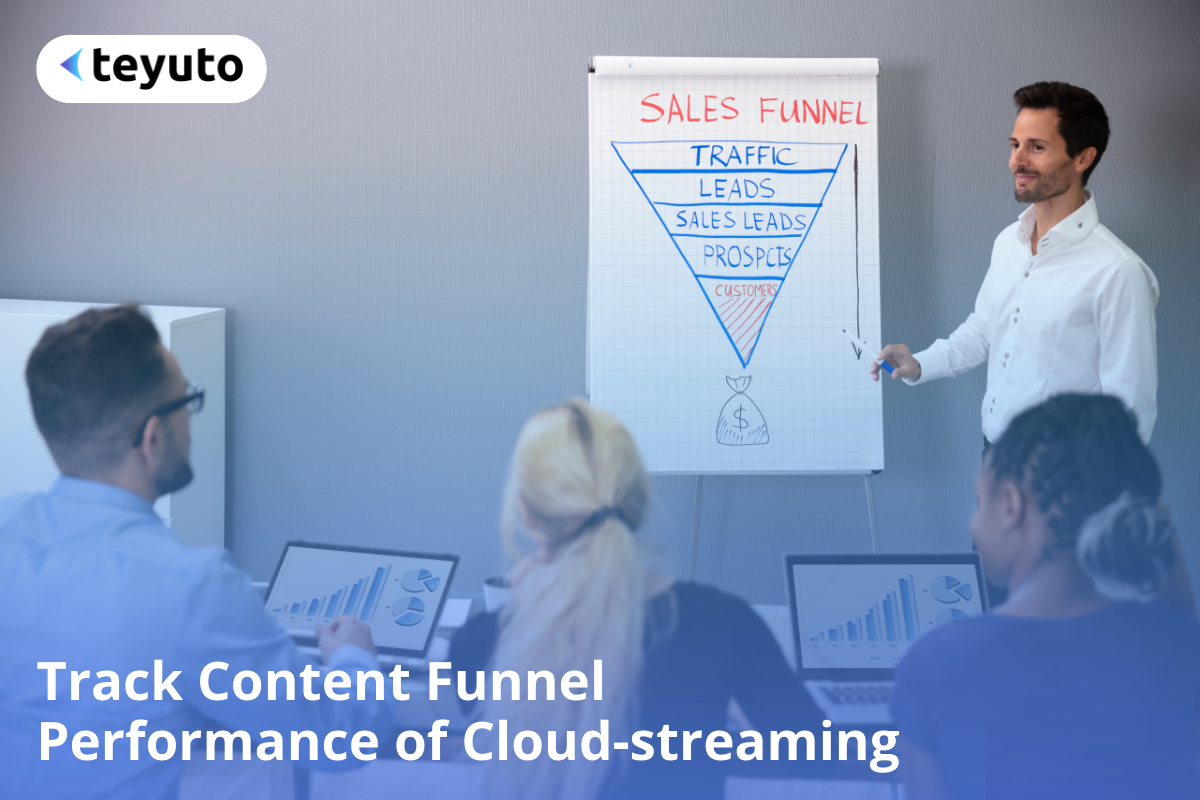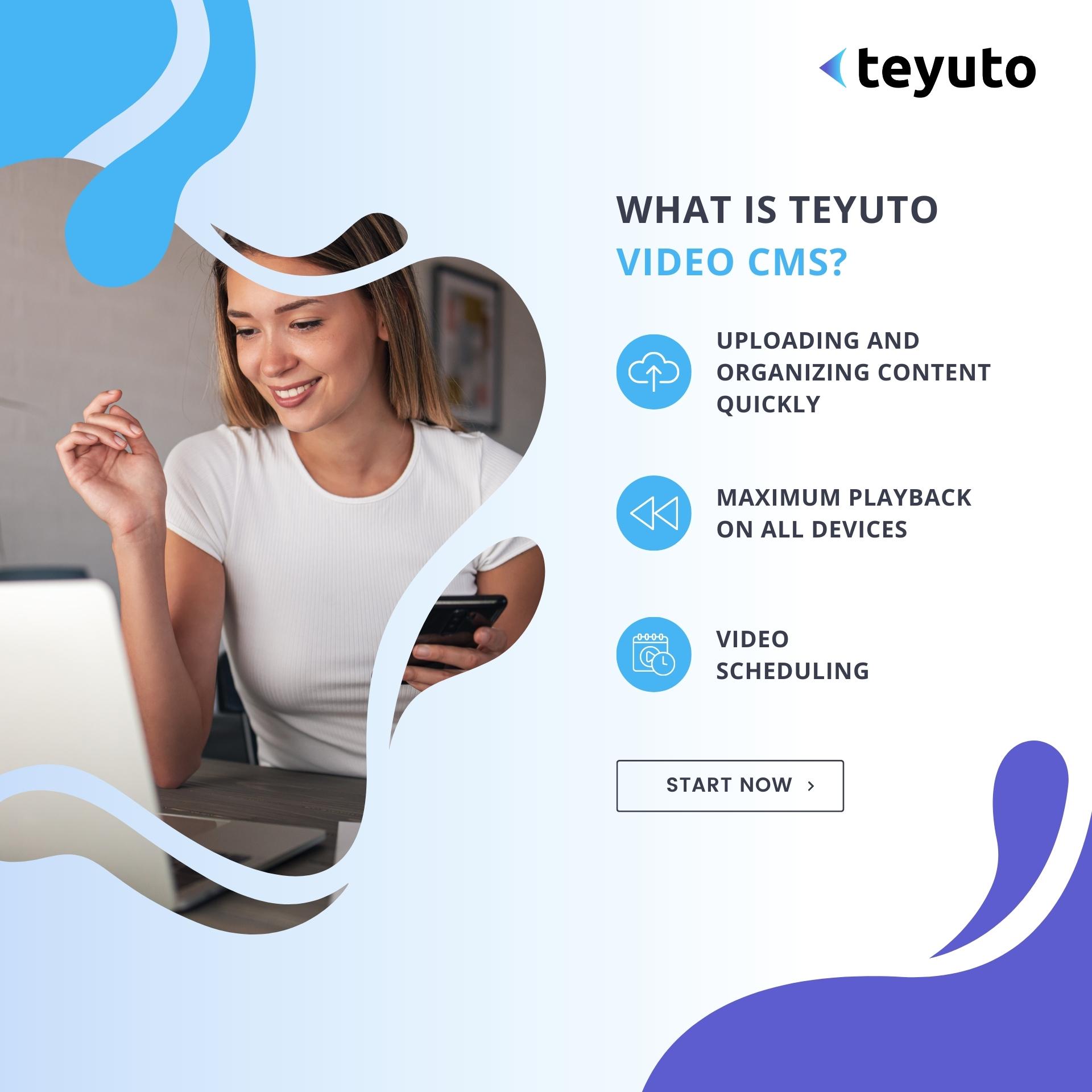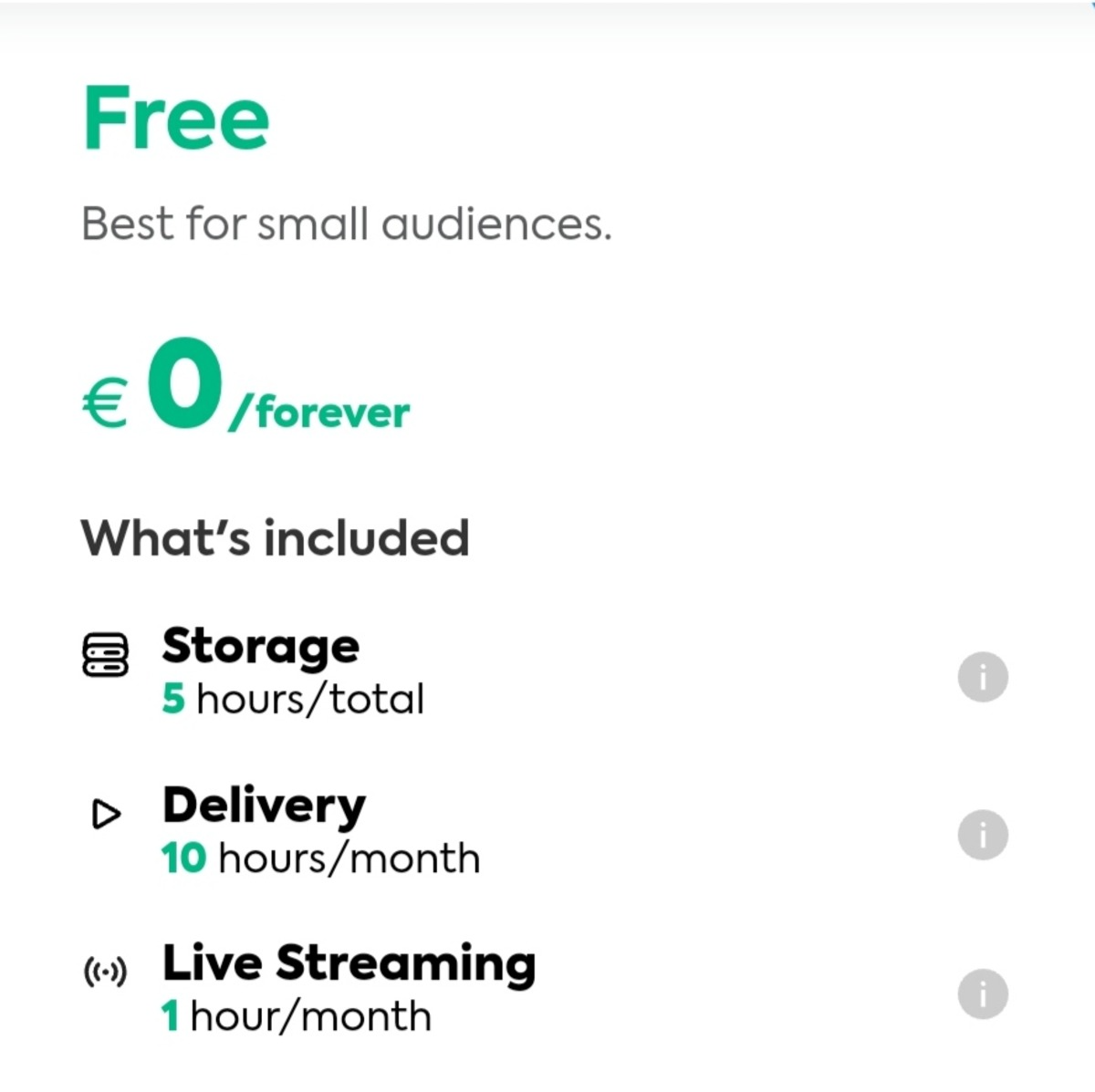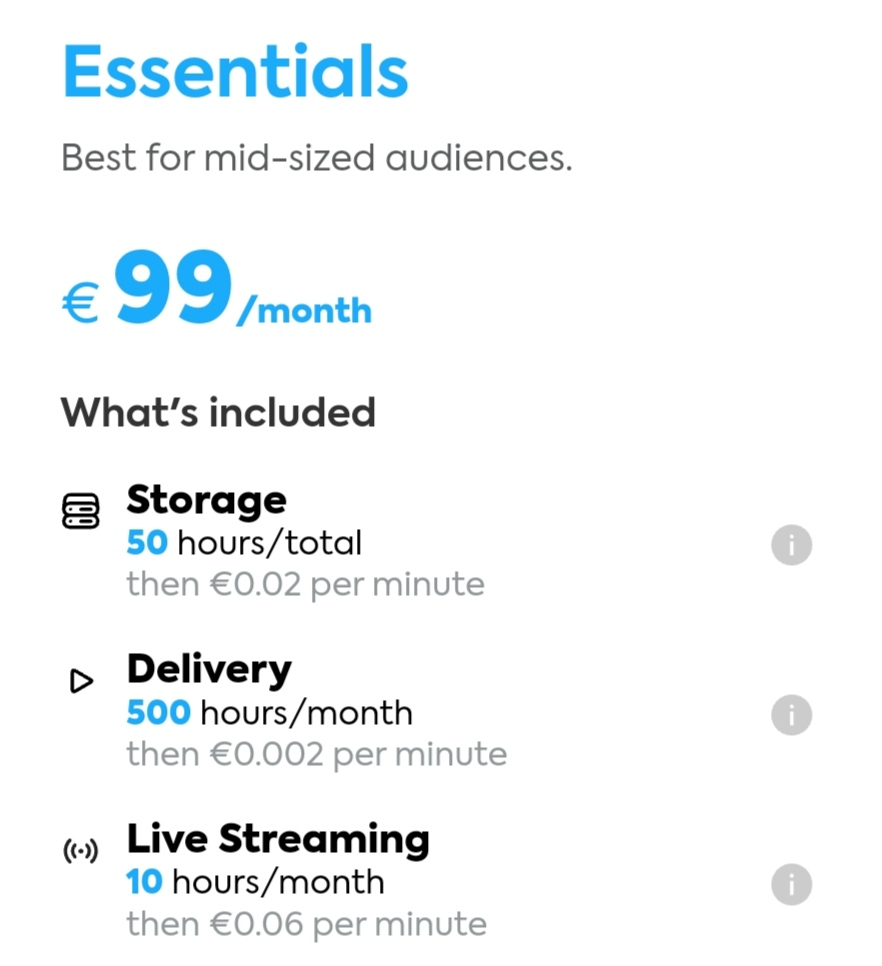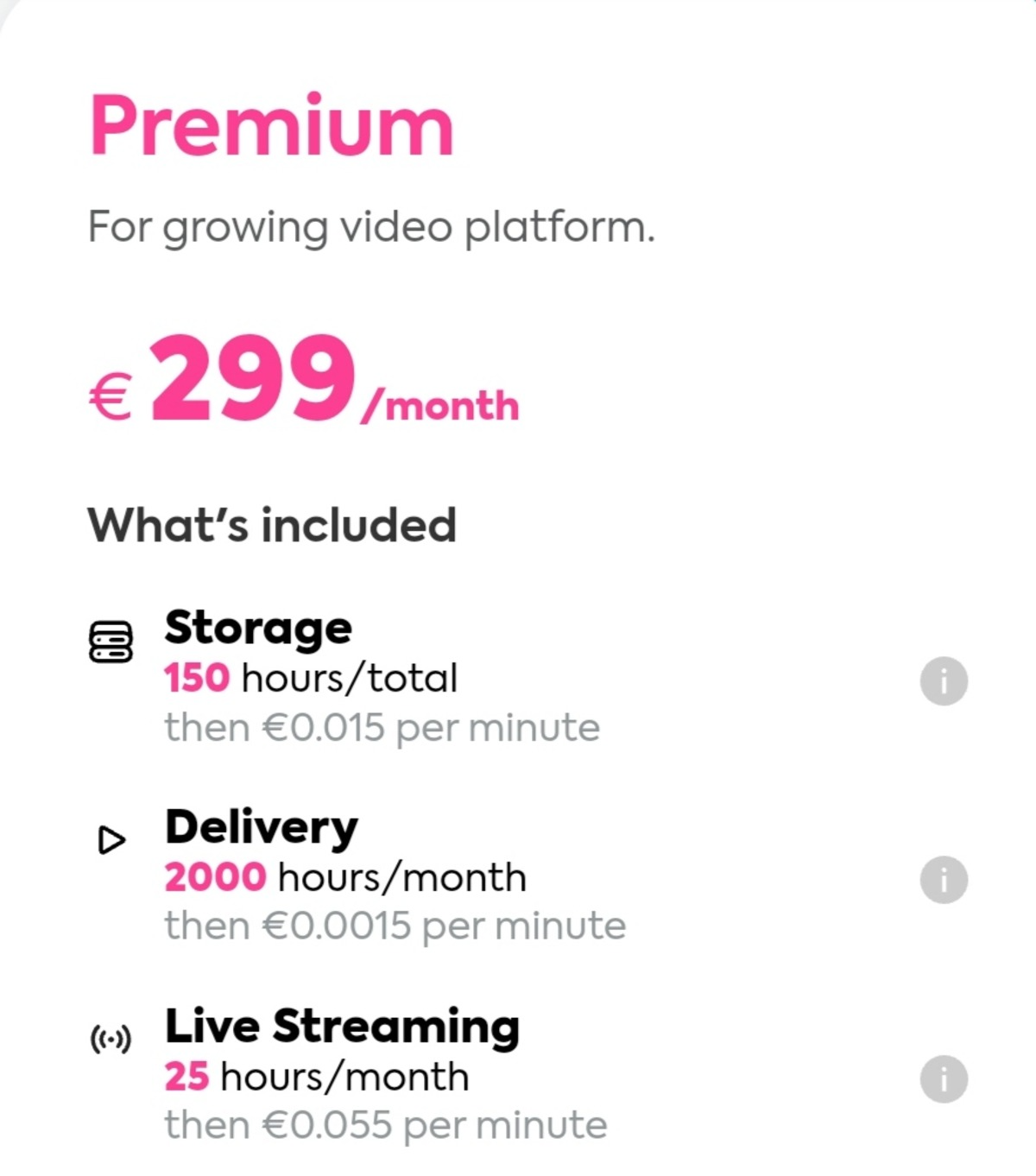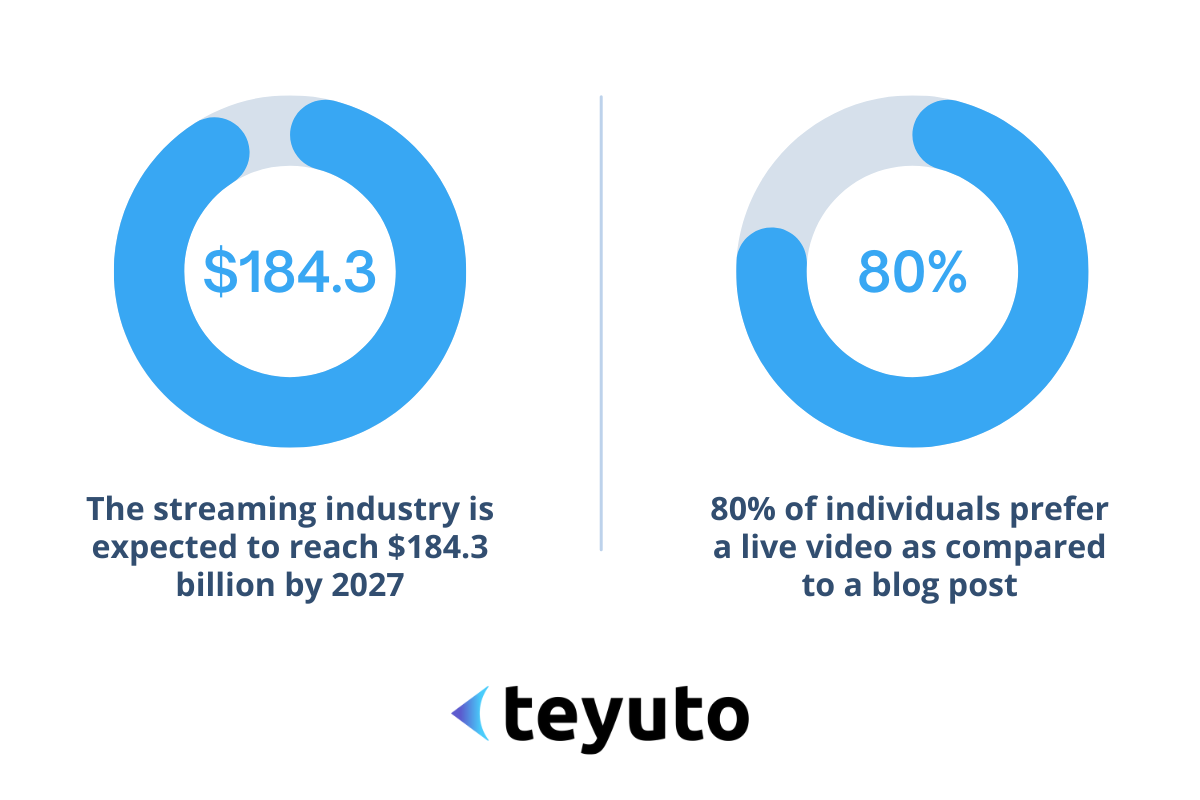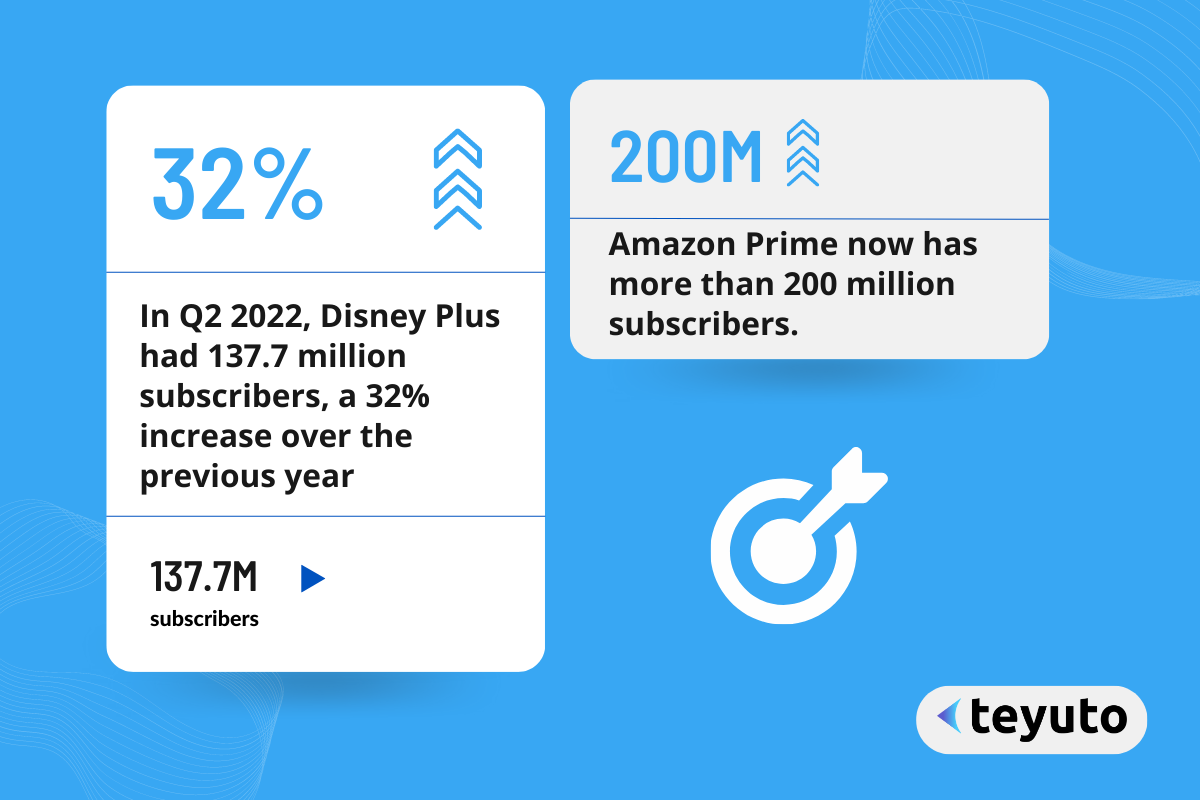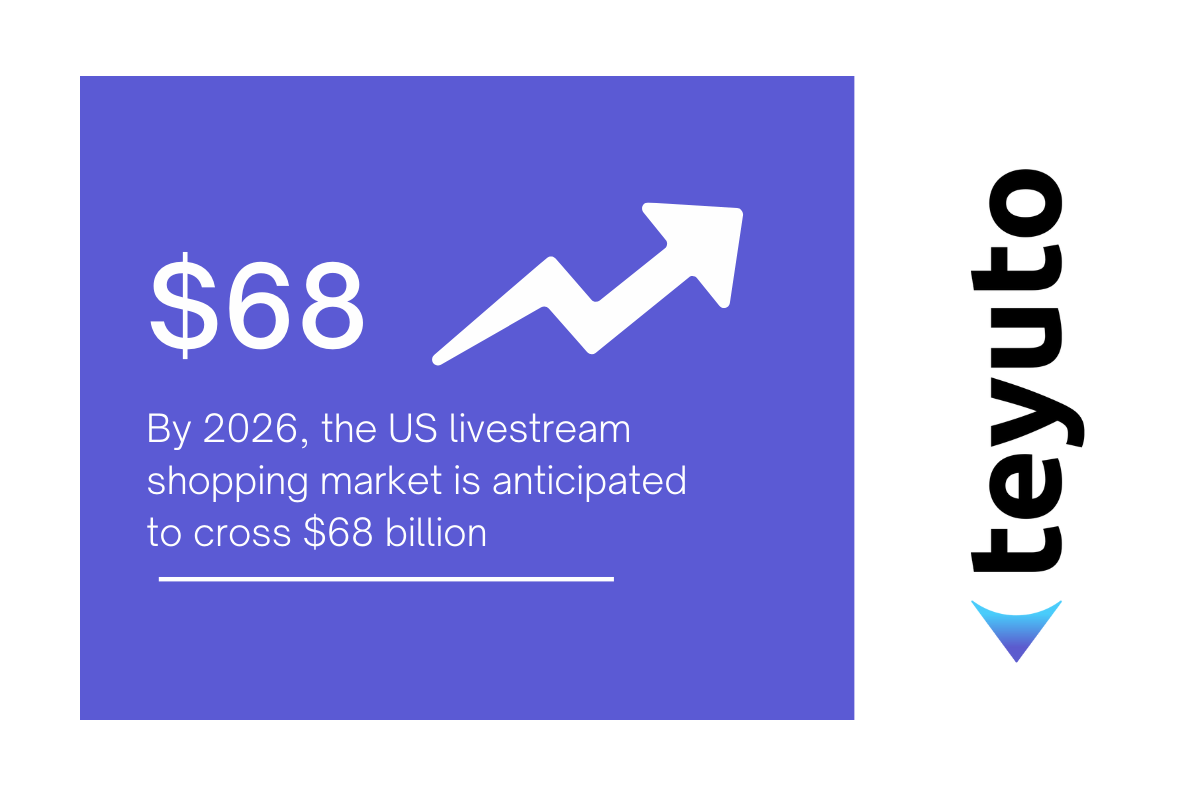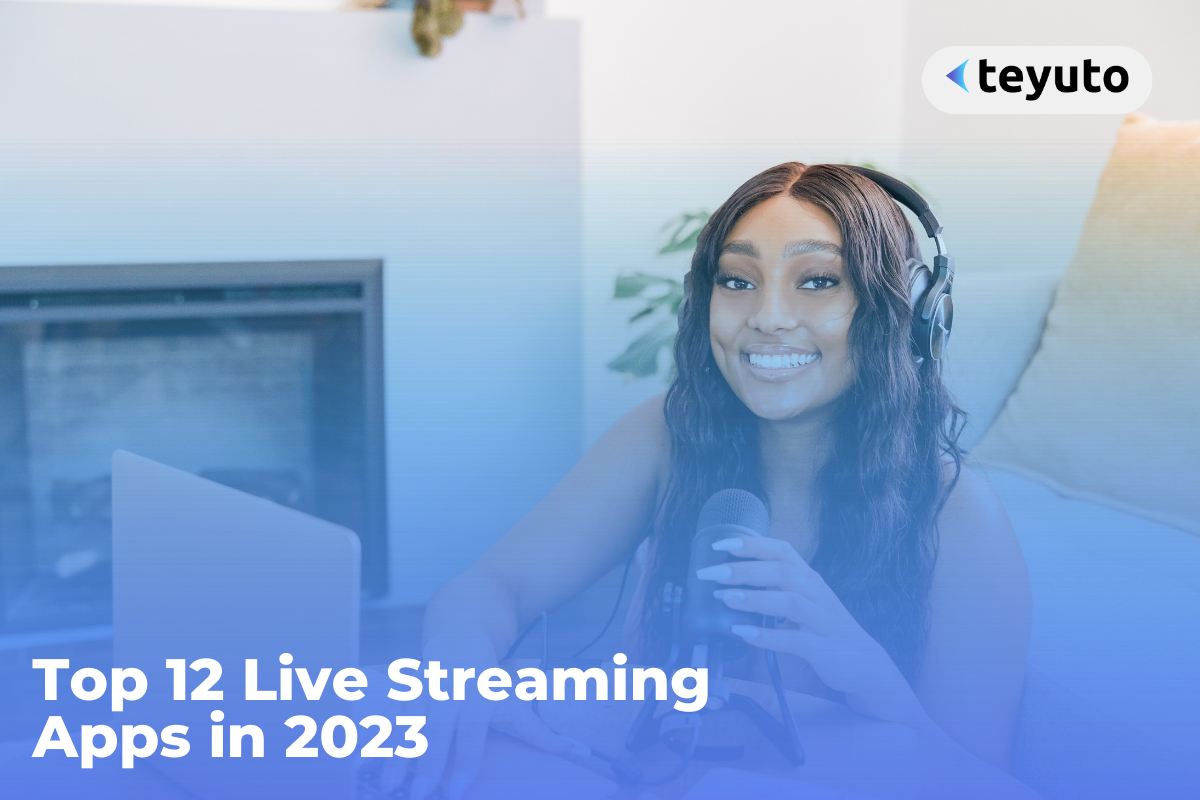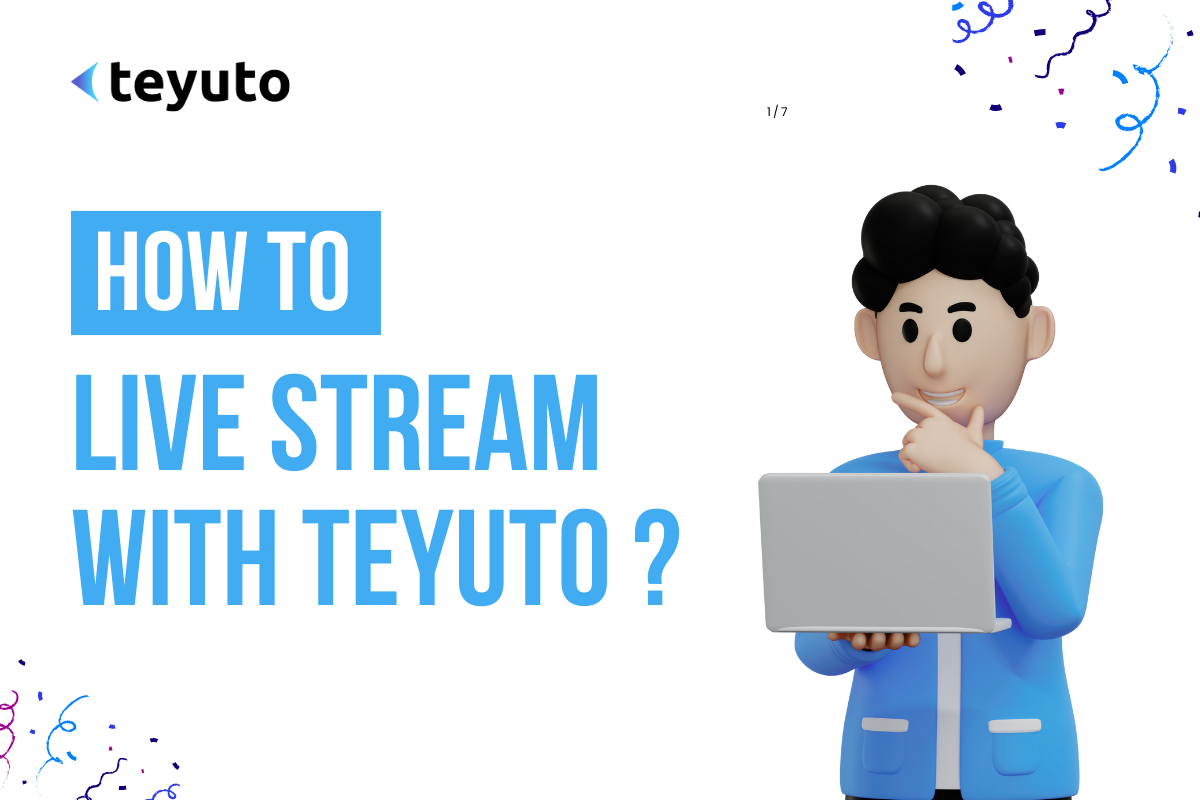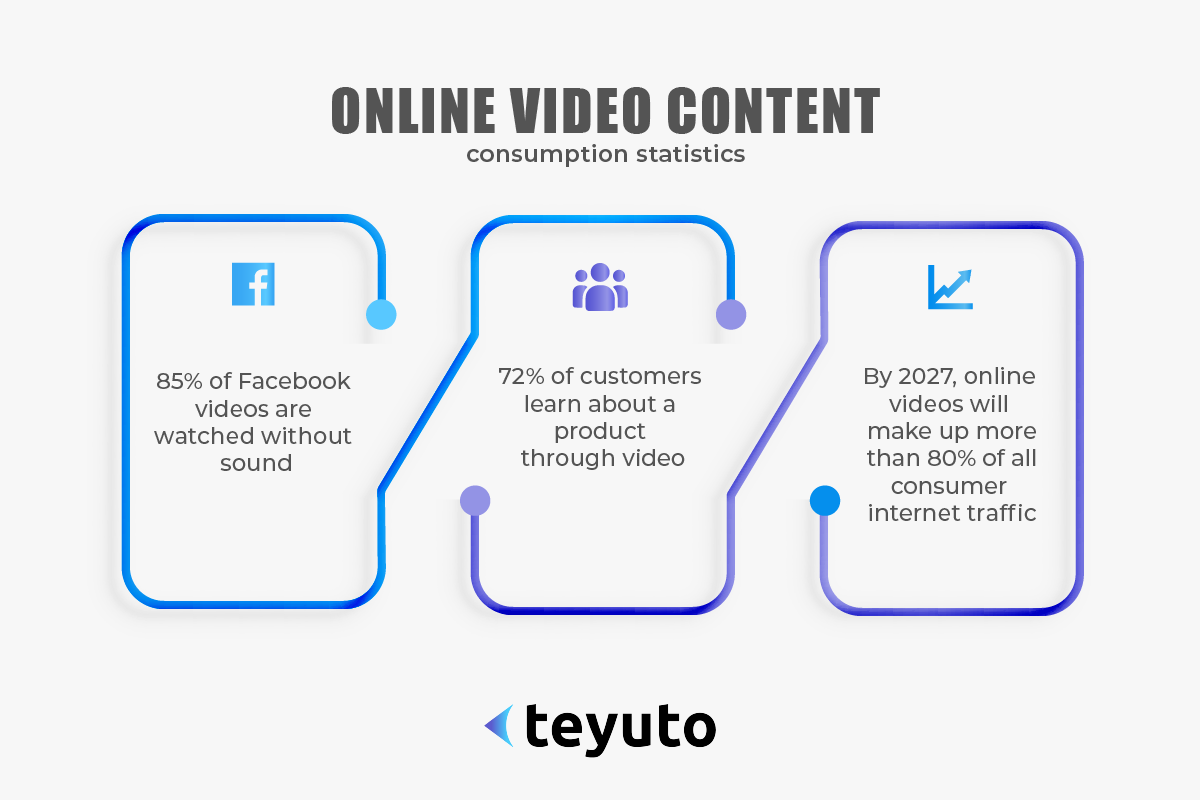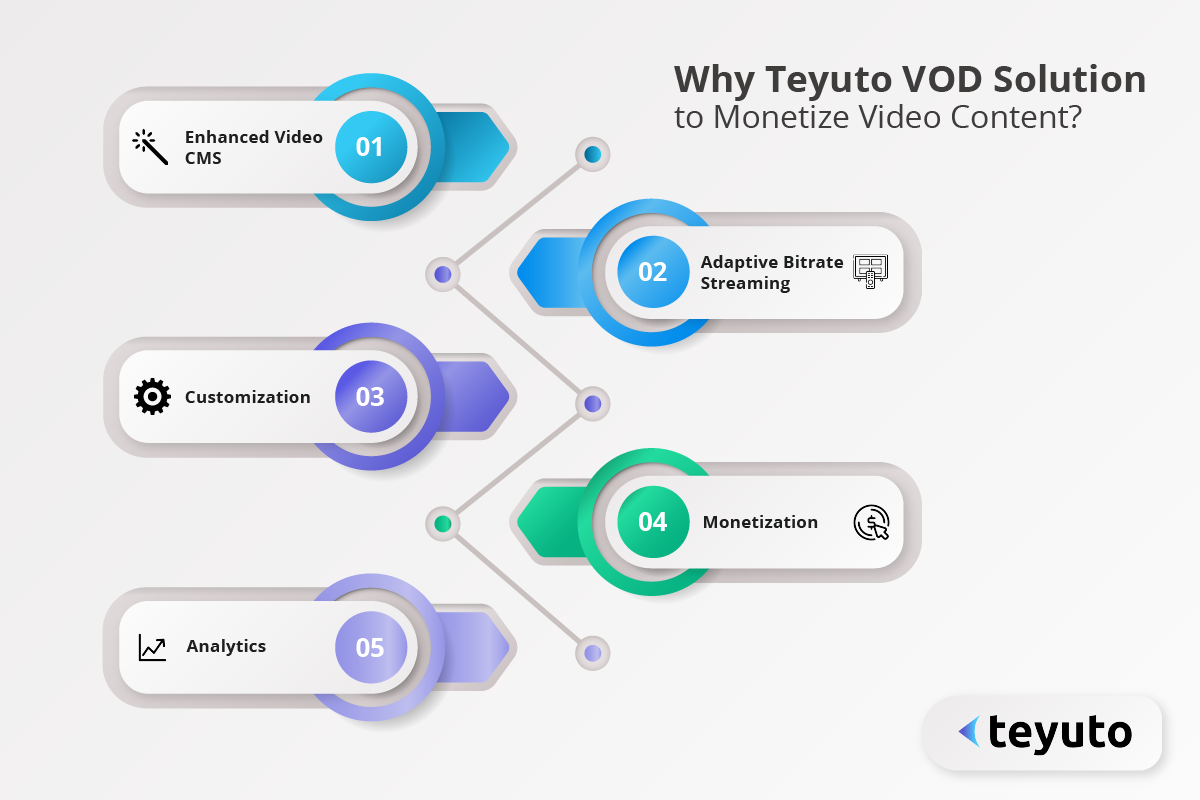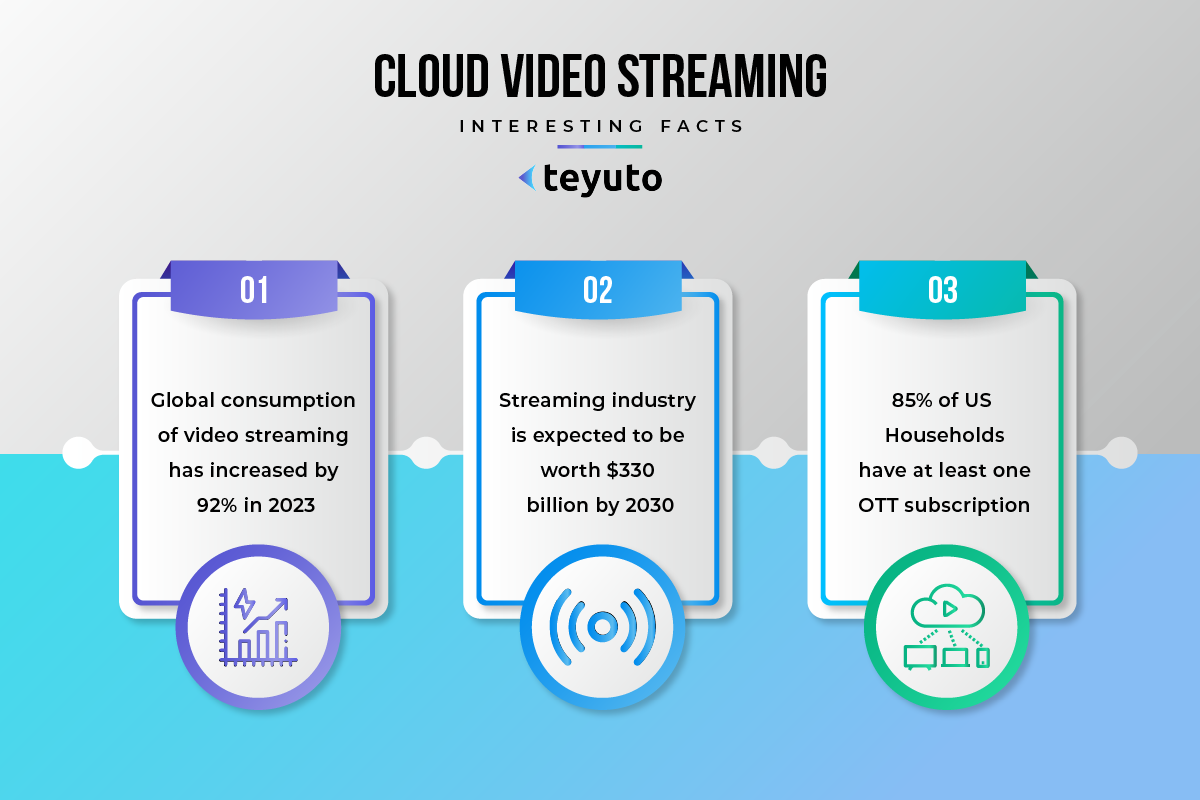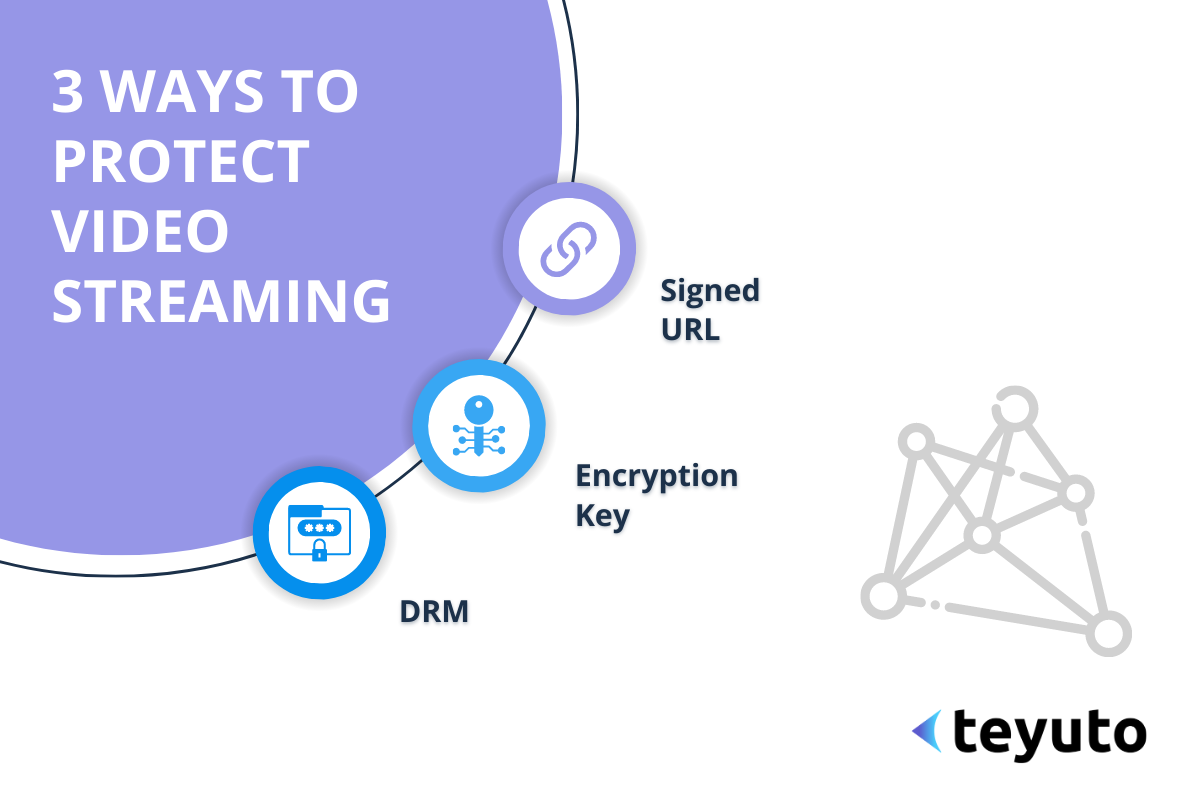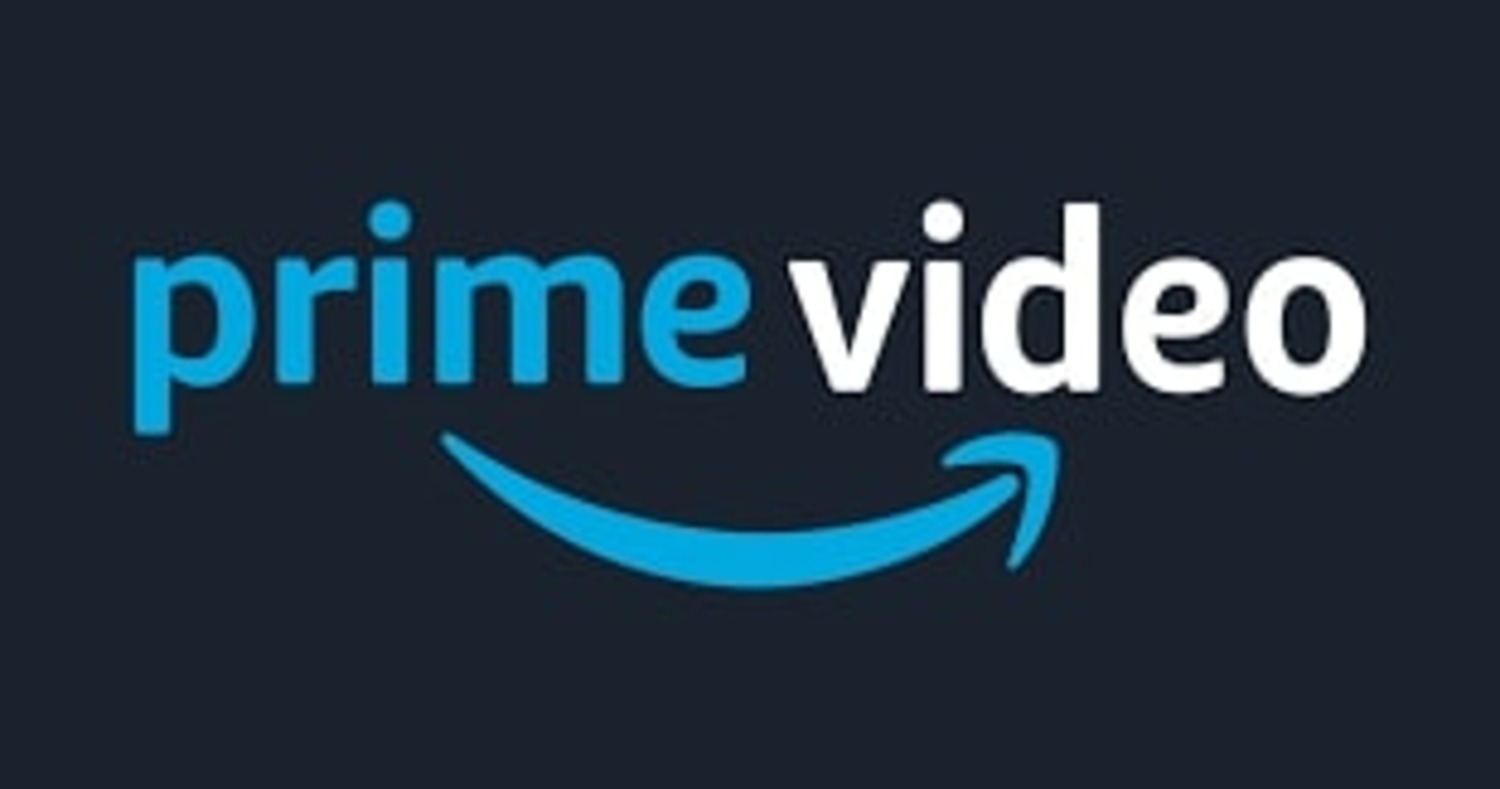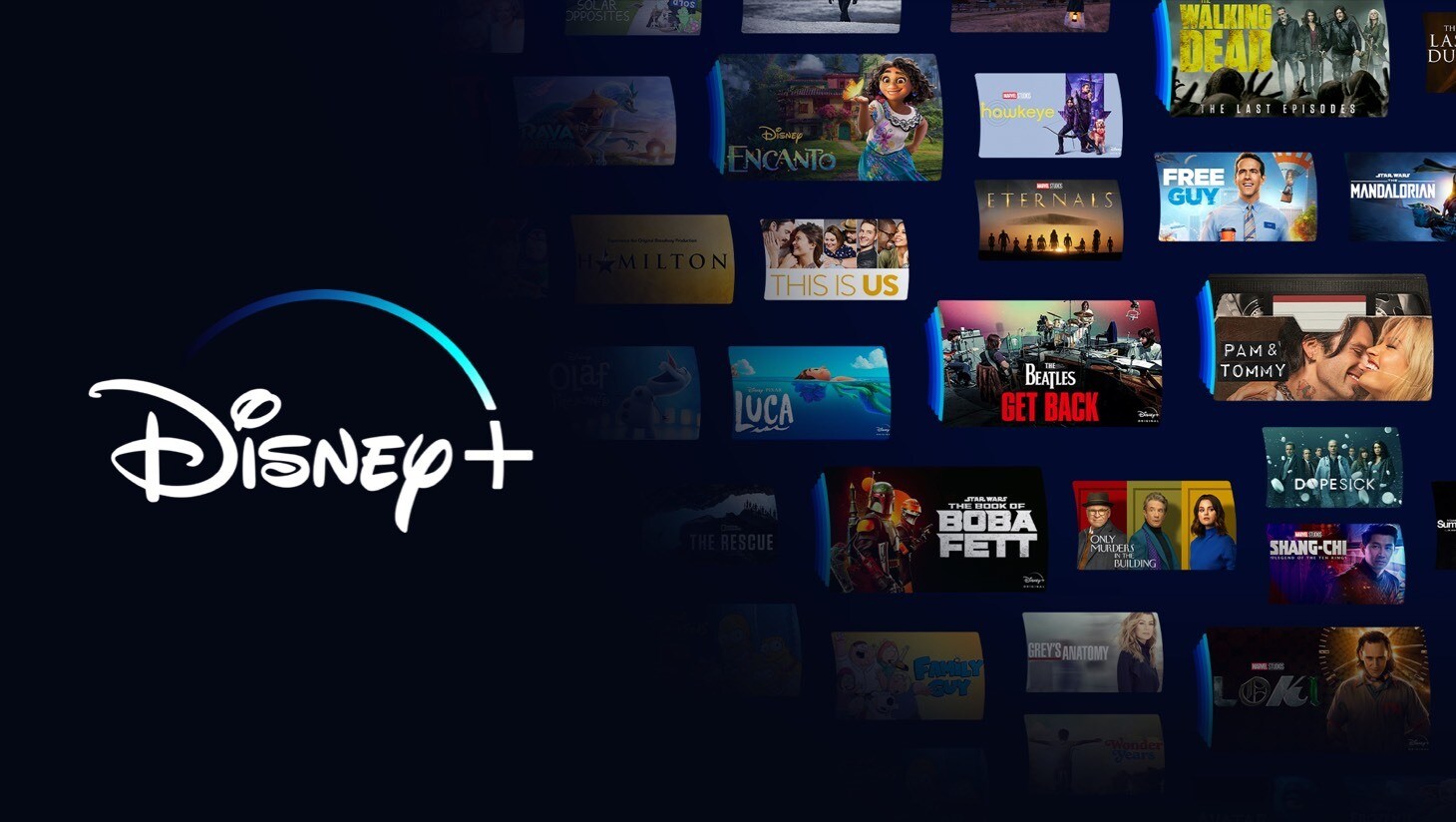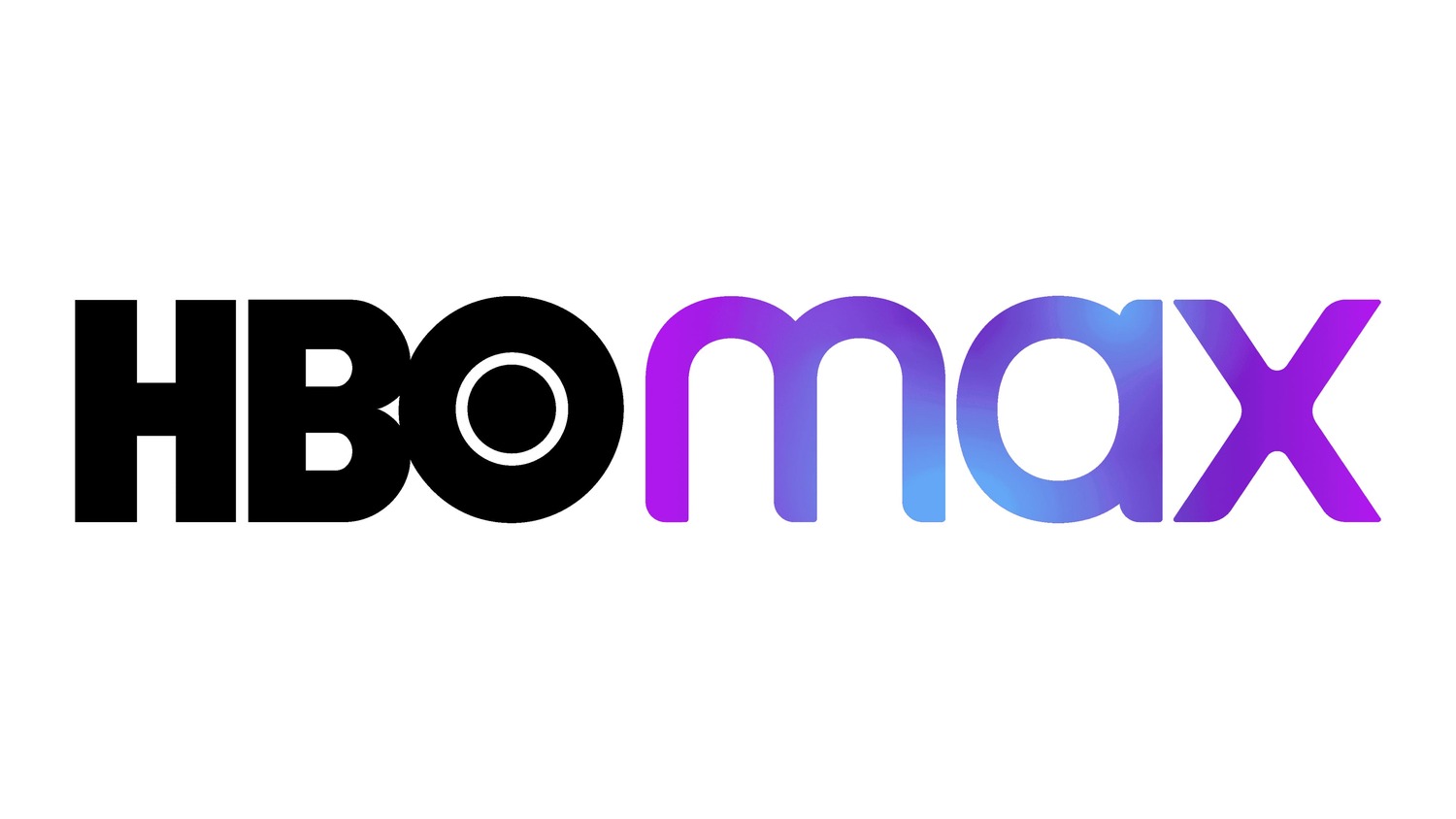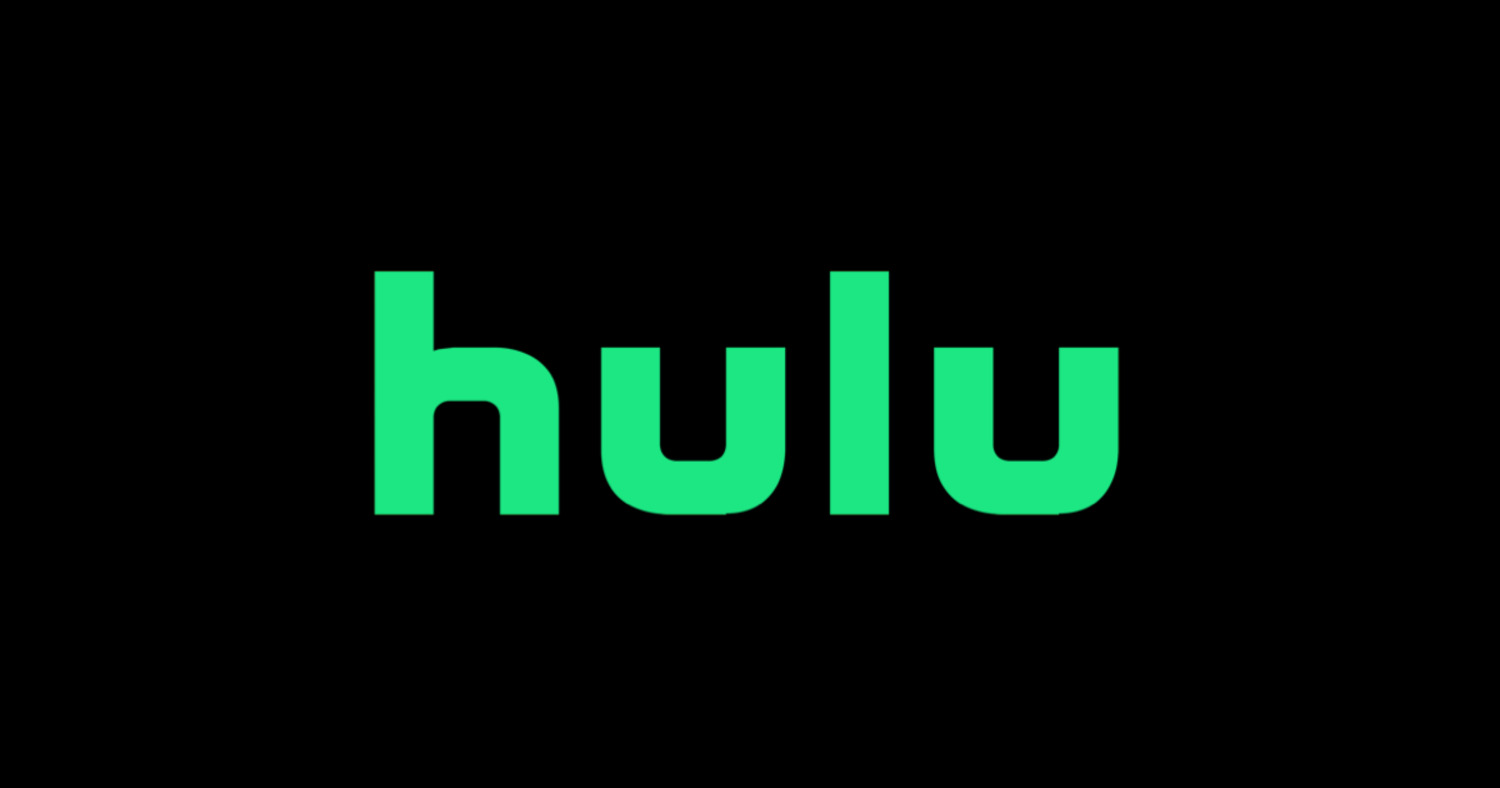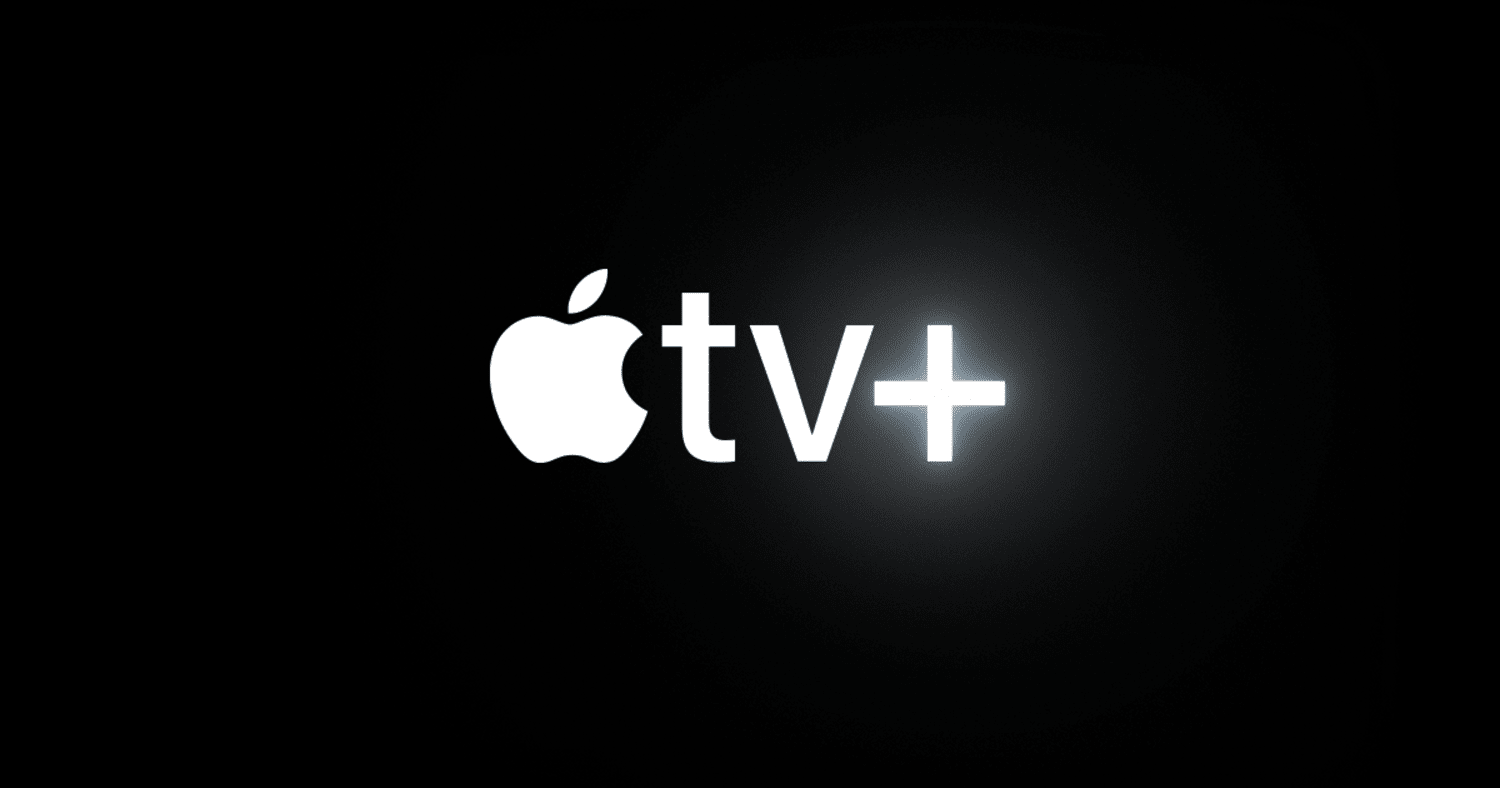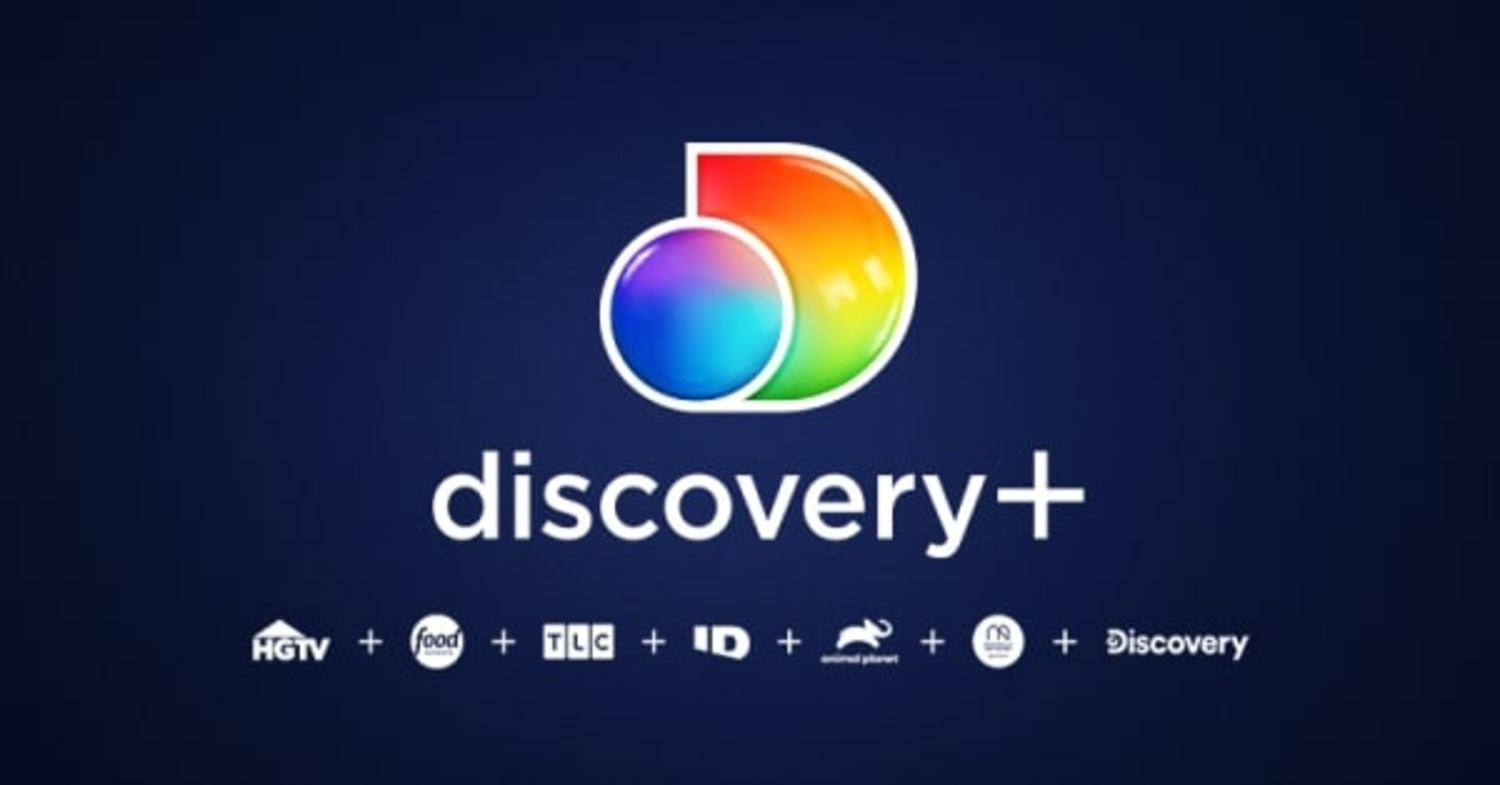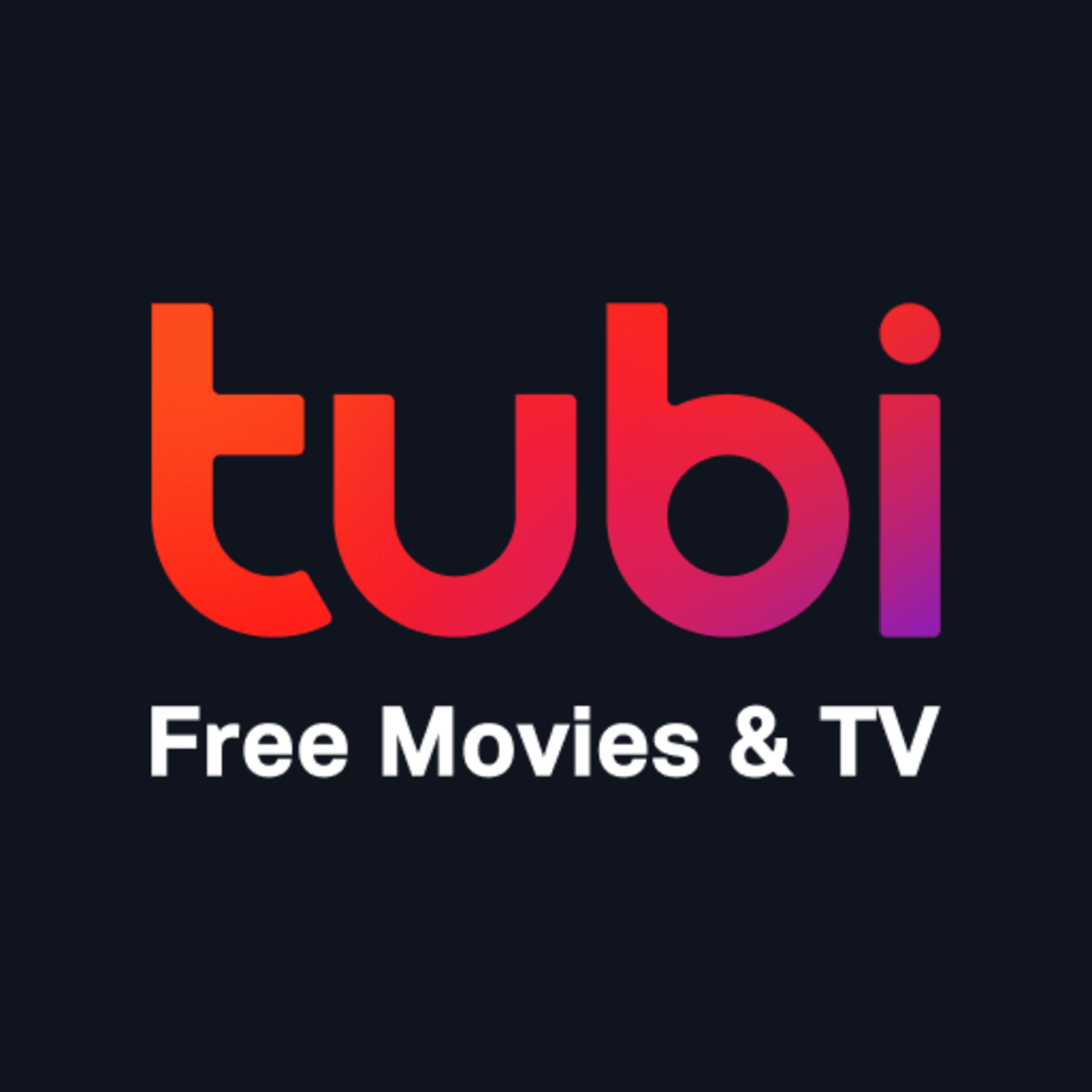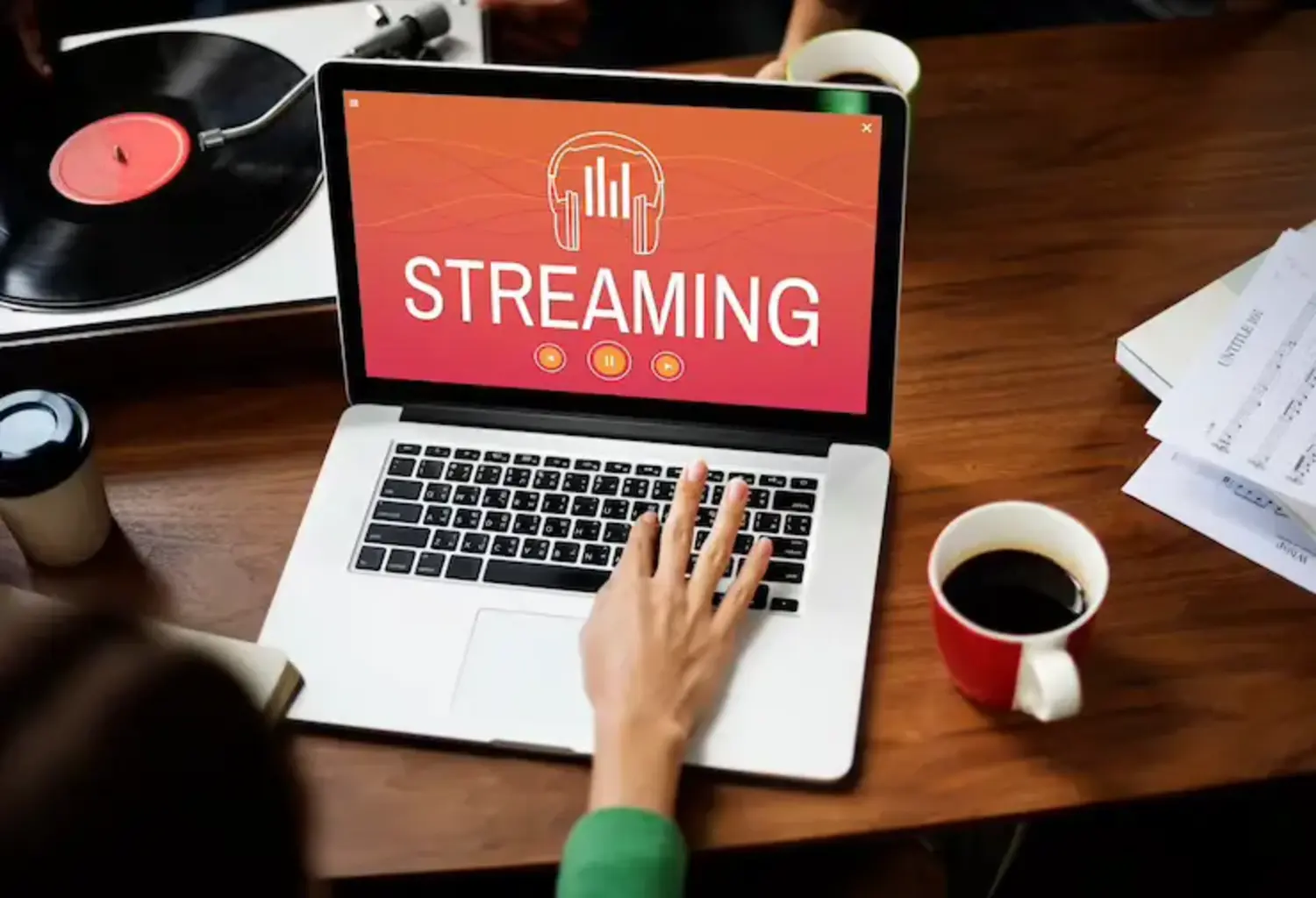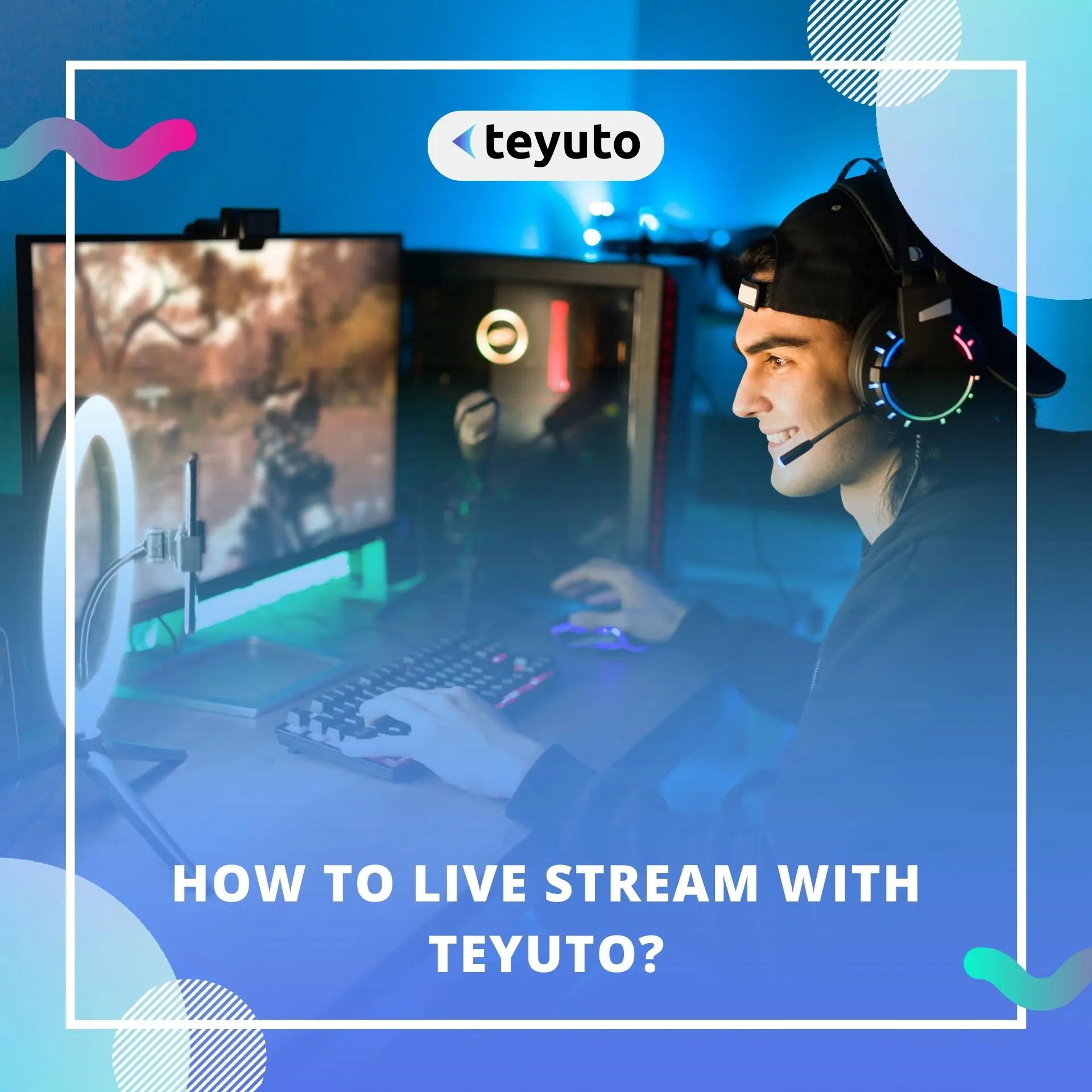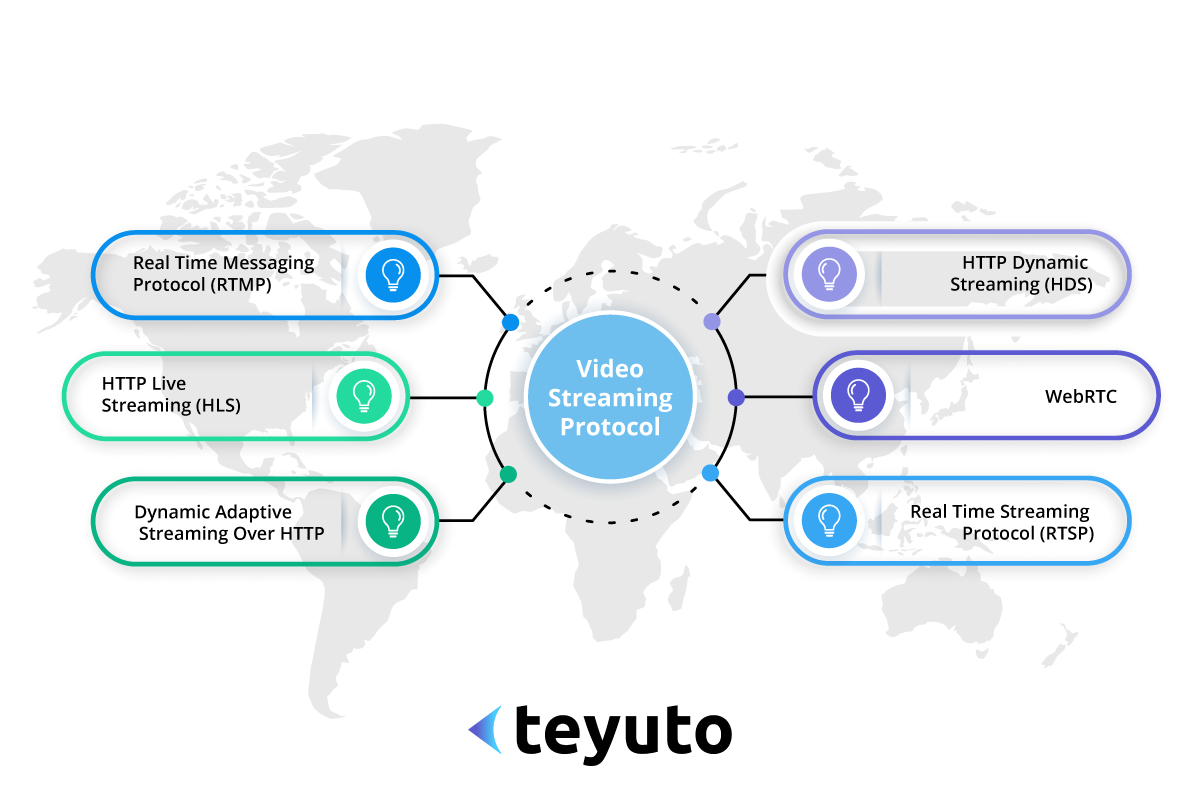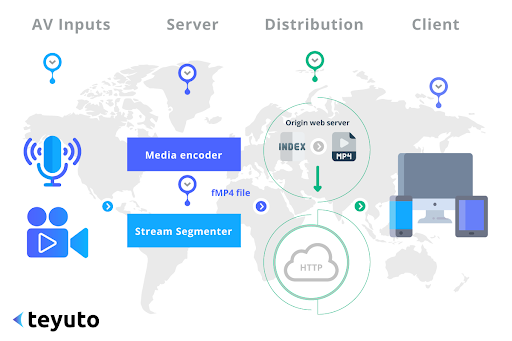Uscreen Alternative? No Per Subscriber Fee, Endless Customizations, Free Forever
When you started using Uscreen, you wouldn’t have thought about the complications waiting ahead. The platform looked great and the features were exciting as well. “And, it’s just a free trial. I’d cancel it before the trial ends.” What could possibly go wrong, right?
A few months in, and here you are looking for a Uscreen alternative. Your perception has entirely changed. It barely matters if the exorbitantly priced “add-ons” miffed you or the lack of customer support – you just want a video delivery platform that’s way way better than Uscreen!
Fret not, you’re in for a delight. In this blog, we will not only delve into one such feature-intensive platform but also enroll in it for a fraction of the price point. In fact, depending on your needs, chances are that you may never have to spend a single buck on this platform.
No credit card is required for signing up either. Yes, we know how Uscreen may sometimes falsely charge you money despite canceling the trial subscription. So, without further ado, let’s begin with some pros and cons of Uscreen!
Uscreen as a Video Monetization Platform
Uscreen is an all-in-one video monetization platform that allows you to create, host, and distribute your video content online. Similarly, you can use this platform to sell your content using multiple monetization models, including subscriptions, rentals, and pay-per-view.
A number of features make this cloud-video platform unique such as:
Drag & Drop Video Player:
Uscreen’s video player is convenient and offers quick customization. Therefore, a user can change their channel to follow their brand theme, e.g., captions, brand colors, styles, brand assets (logo, favicon, etc.) transcripts, and social media sharing tabs.
A Powerful Video Analytics Tool:
Uscreen’s video analytics tool assists its users to monitor and track video performance. You can effortlessly monitor demographics, device information, and the duration of the specific video the audience is watching.
HD Live Streaming
Uscreen offers a powerful live-streaming platform where users can experience high-quality video streaming and offer multiple subscription packages to monetize their content.
Limitations Of Uscreen

Although Uscreen is a powerful video hosting and content monetization platform, it also comes with some limitations. Here are a couple of points a user must consider before buying its services:
Limited Customization:
There are three theme options in the Uscreen’s basic plan, and you can customize them to a certain extent. If, however, you would like more flexibility with the website builder, it may be necessary to hire a web developer to help you.
Less-Effective for ELearning
Uscreen doesn't offer much for e-learners especially online educators who want to organize regular assignments and quizzes for students’ assessments. As a matter of fact, the pricing is very high for many online course creators and the platform is not optimized specifically for selling online courses. Basically, Uscreen is specifically built to create your own subscription-based video-on-demand business whereas Teyuto provides an equal opportunity to E-learners in promoting their brands.
A Little Expensive
Uscreen prices are a little high compared to its competitors, especially for larger organizations and individuals who are looking for vast options on a tight budget.
Teyuto as a Uscreen Alternative
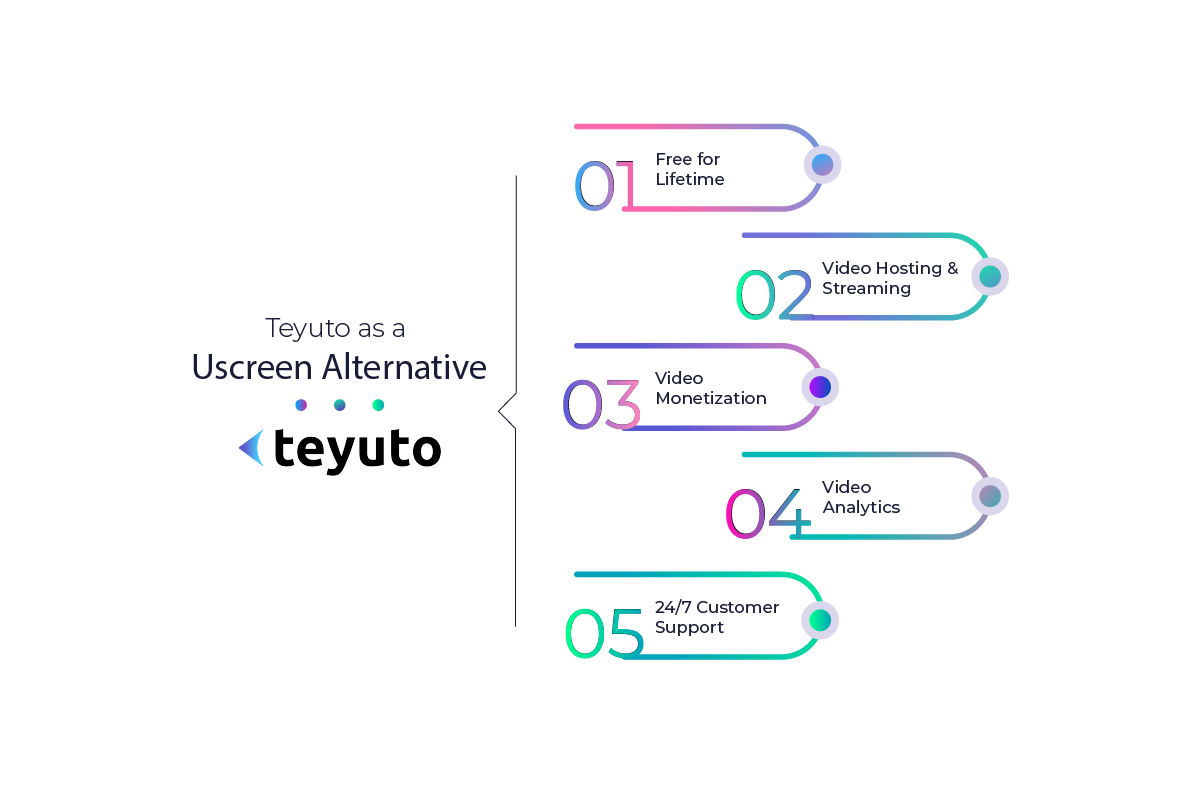
Here’s the big reveal. It’s Teyuto, a cloud video monetization platform that enables its users to create, host, and monetize video content like magic! It offers several features to track and grow your audience to generate maximum revenue. And, it doesn’t charge you anything if your video delivery and live streaming requirements are low.
Some of its top features include:
Video Hosting and Streaming:
Teyuto provides a secure and reliable platform to host videos on multiple devices. For instance, you can stream video on tablets, smartphones, and computers.
Video Monetization:
Teyuto offers multiple ways to monetize your videos, including subscription, advertising, and pay-per-view. You can also set up prices in multiple currencies for your video content.
Video Analytics
Teyuto provides comprehensive analytics about your videos such as watch time, views, and content engagement which help you to track the performance of your videos. Ultimately, being a content manager, you can optimize your strategy to run your OTT platform be it a sports channel, educational platform, or entertainment videos. Hence, you can use this data to make immediate decisions to evaluate your content strategy.
Customization: A user can effortlessly customize the overall look of his video platform. For instance, you can add a branding touch and logos to give a professional look to your platform.
Quick Customer Support and Free Training Demo
Teyuto offers 24/7 customer support and free training to use its VOD platform even if you do not have any technical background.
On the other hand, Uscreen provides very slow customer support, which is a major concern for several Uscreen users.

Top Advantages of Using Teyuto
API and SDK
With Teyuto API and SDK, you can conveniently integrate your video platform with other applications. It means that you can use your video platform to create custom applications or integrate them with existing businesses.
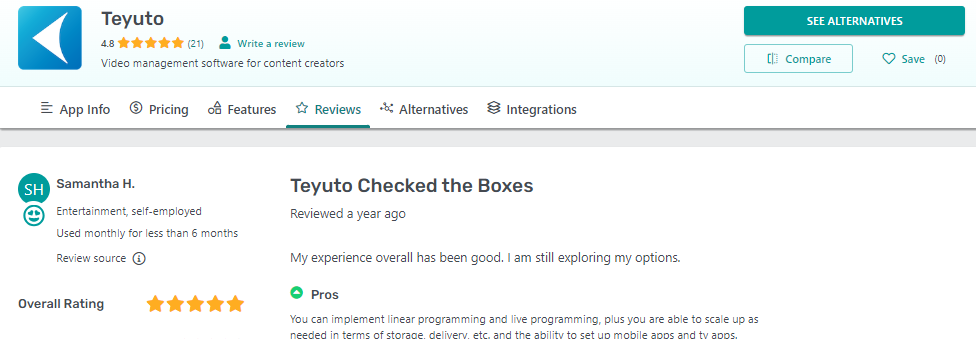
Advance Video Analytics
Teyuto’s video analytics is a powerful tool that helps you to get real-time data from the audience and track the performance of your video content. With this tool, you can gain a deeper insight into the following stats:
- Track the number of unique viewers including video watch time
- Top videos with the highest engagement time
- Identify the potential buyers of your content by tracking location-based viewership
- Identify the type of device most users are using for watching your video content
- Integrate Google Analytics, Google Tag Manager, or Social Media Pixels for in-depth insights
Zero Transaction Fees
Teyuto doesn't charge anything for your earnings. It means that you can keep 100% of the income that you get from your subscribers.
Free Version for Small Businesses
Teyuto offers a completely free version for small businesses which gives you several benefits including a visual channel editor, video analytics, and unlimited creators.
Testimonials of Satisfied Customers
Teyuto allows its users to incorporate a section for displaying satisfied testimonials into your channel with a few easy clicks and swipes.
White Labeling
Teyuto offers white-label services that enable you to brand your platform better. This is an excellent option for individuals and companies that want a platform with customized experiences for their audience.
Branding

When it comes to cloud video streaming, branding, and customization are must-have features. Not only should your platform be appealing but also deliver your style statement. Teyuto allows you to completely customize the look and feel of your platform including logo, fonts, color, or layout.
Centralized Video Editing System
With the latest update, not only can you remove the subtitles but also adjust the timing of popups. In addition, with Teyuto V3, a user can conveniently add an image slider, and customize the text by adding a call to action and other relevant descriptions.
Add Section Background Images and Videos
Teyuto allows you to add HD images and videos in the background to your video introductions. Simultaneously, you can customize overlays with your brand colors.
Seamless Organization of Video Collection
To organize video content, Teyuto enables its users to easily manage their video content. For instance, not only can you name each selection separately but also add descriptions, images, and tags alongside setting the category. Subsequently, you can also set privacy and enable geoblocking features to restrict the audience from a particular country.
You can also add extra details to your videos and collections such as:
- Production Year
- Director and actors' names
- Original language
- And age restriction
Content Management and Delivery
In building a powerful OTT platform, the role of an advanced video content management system is crucial to building a growing yet profitable channel by focusing on developing creative content.
Creating and managing content can be challenging if you are not on the right platform. Here, Teyuto has an edge over Uscreen because not only is it free for small businesses, but it also provides free training and 24-hour support if you need help. Teyuto Video CMS is easy to use and provides excellent customization features.
For example, in the video management system, you can conveniently migrate videos using CSV and Vimeo to the Teyuto Video collection in just one click. Furthermore, with Teyuto’s new quick search feature, you will no longer need to navigate between sections, enabling you to effortlessly find specific commands such as video scheduling, adding a video or collection, etc.
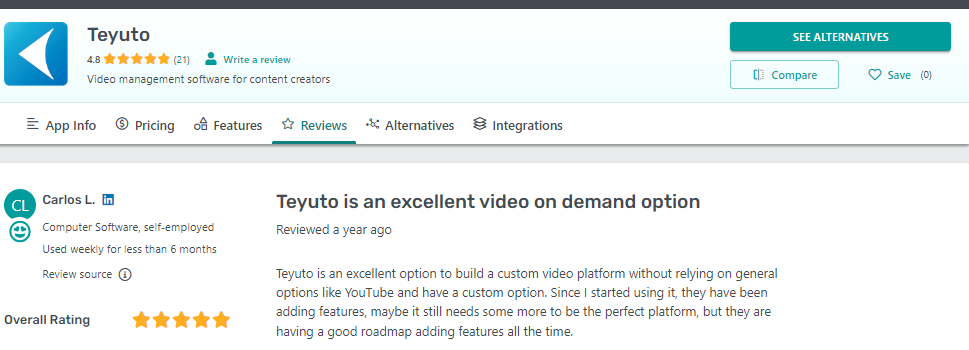
On the other hand, Uscreen has a poor navigation system in video CMS which keeps you pushing on the landing page. Similarly, the limitation of the UI system restricts its users from fully customizing the channel. Simultaneously, the limited app integration feature can restrict you to grow your audience to its full potential.
Comparison of Monetization Models of Teyuto and Uscreen
Teyuto and Uscreen are both popular video streaming platforms and offer multiple monetization options which help you to maximize your revenue from video content. These models include:
- Subscriptions
- Pay-per-view
- Advertising
Teyuto and Uscreen both platforms let their users structure their pricing models but there are certain cons of Uscreen in terms of monetization fees.
Since every VOD platform offers such monetization features but Teyuto has a super advantage over its competitors such as Teyuto doesn't share monetization revenue rather you can keep your profits without any deduction. Make the most of this valuable insight by incorporating the most effective content into a fixed-priced subscription model, paid package, or subscription-based content model.
On the other hand, Uscreen keeps $0.99, $0.85, and $0.50 respectively on each subscription. In addition, Uscreen also charges a 5% One-time sales TVOD fee.
Video Analytics Comparison of Teyuto and Uscreen

Video analytics on OTT platforms is a powerful tool that helps users to evaluate their content performance. These tools are equipped with a number of useful features which help users to track their audience engagement and identify what type of content is attracting audience attention.
Comprehensive Revenue Reports
Teyuto video analytics is equipped with several useful features such as it helps you easily track the income generated from a variety of monetization strategies, such as subscriptions or fixed prices. With a simple click, you can gain insight into the performance of your video platform.
Track Audience Views
Understanding user viewing patterns effectively requires detailed insights into user actions, including individual video views. Teyuto provides valuable information regarding what is important and what kind of improvement it requires on your platform by allowing you to meticulously track the specific content being streamed by each user.
Real-time Content Statistics
Identify the content collections that are experiencing the most views. As a result, Teyuto empowers platform owners to enhance content quality, increasing user engagement and enabling them to design more effective revenue strategies.
Cons of Uscreen Video Analytics
First of all, specific features are available on low-budget plans. For instance, advanced segmentation, and custom reports are only available to high-tier plans. Subsequently, Uscreen has mixed analytics and marketing tools which is complicated for a beginner to locate what feature can exactly assist him for a specific purpose. Subsequently, if you have a large selection of video content, the performance of analytics can be slow too.
Why Teyuto is a good alternative to Uscreen?
Since Teyuto has a more advanced video content management system, keeps zero percent profit, and provides excellent customer service, you can take an amazing start by joining Teyuto VOD now.

